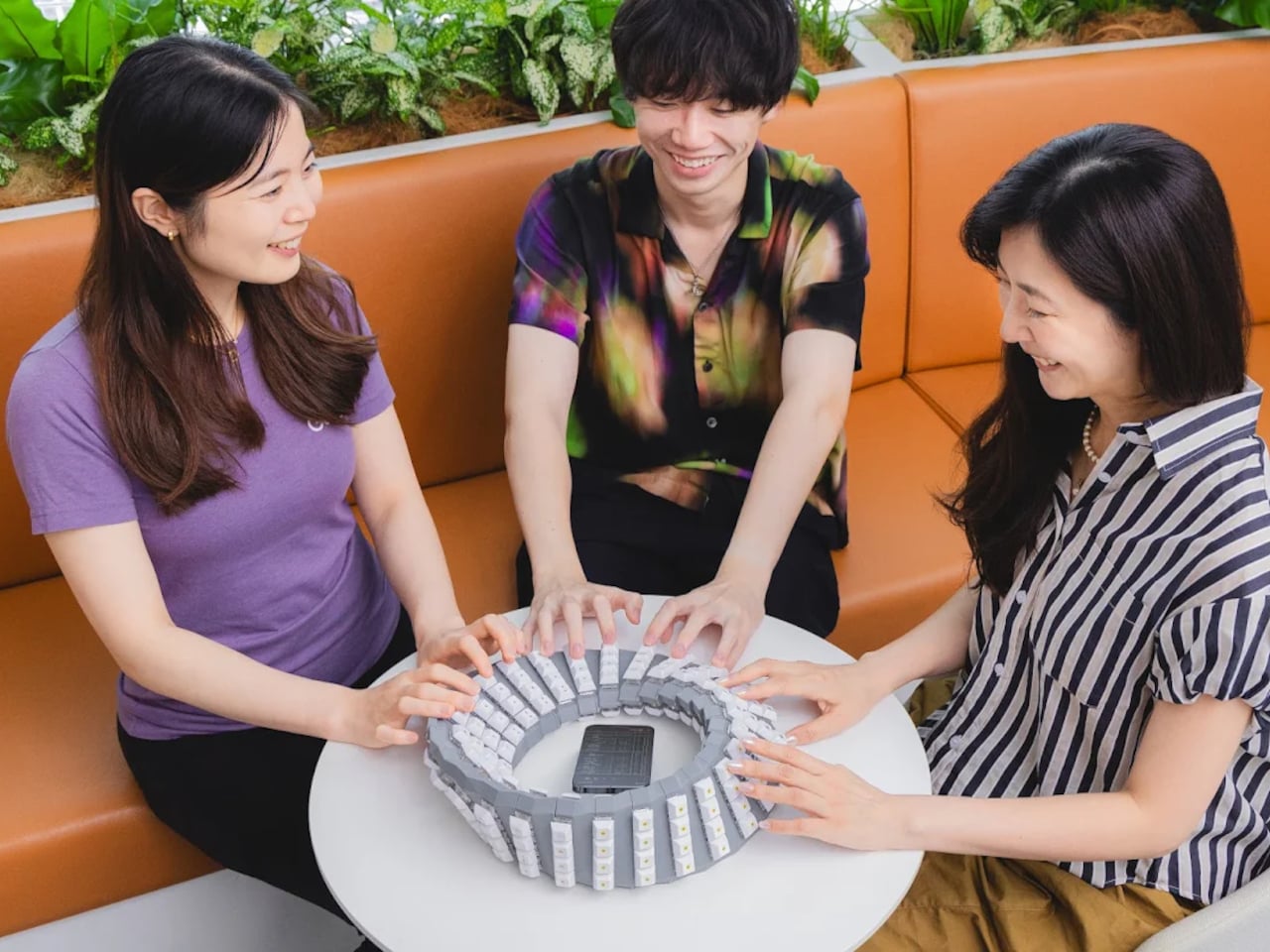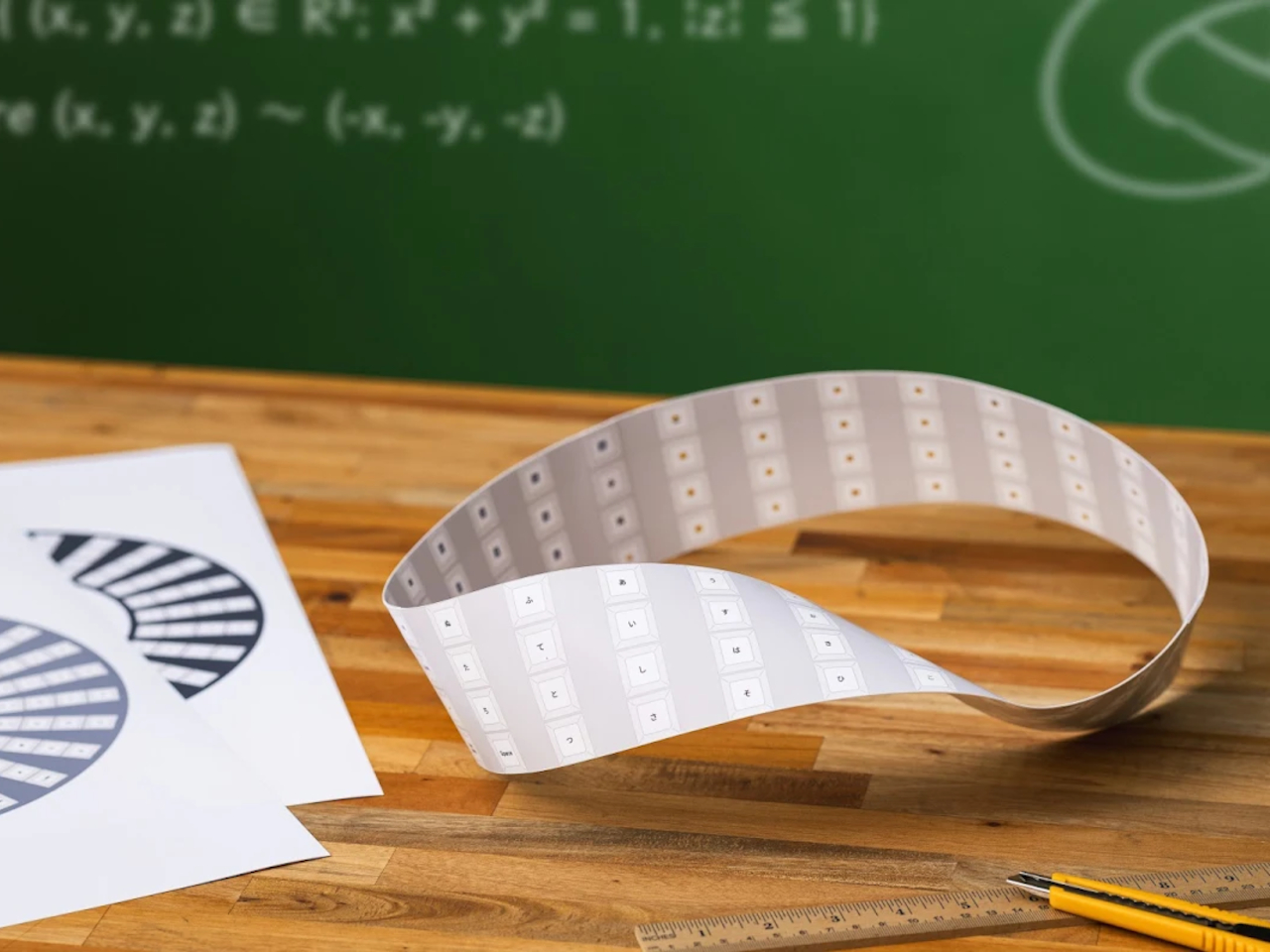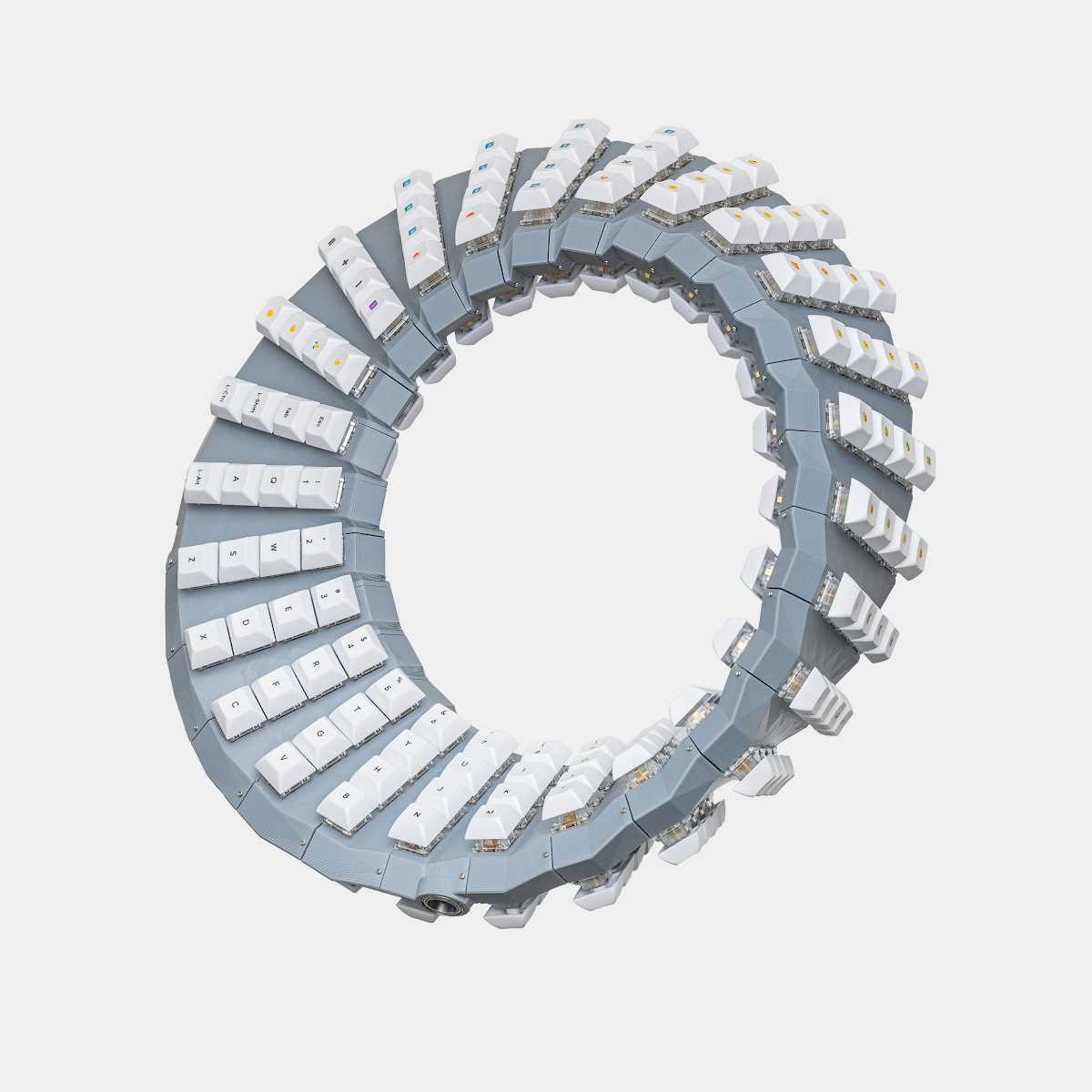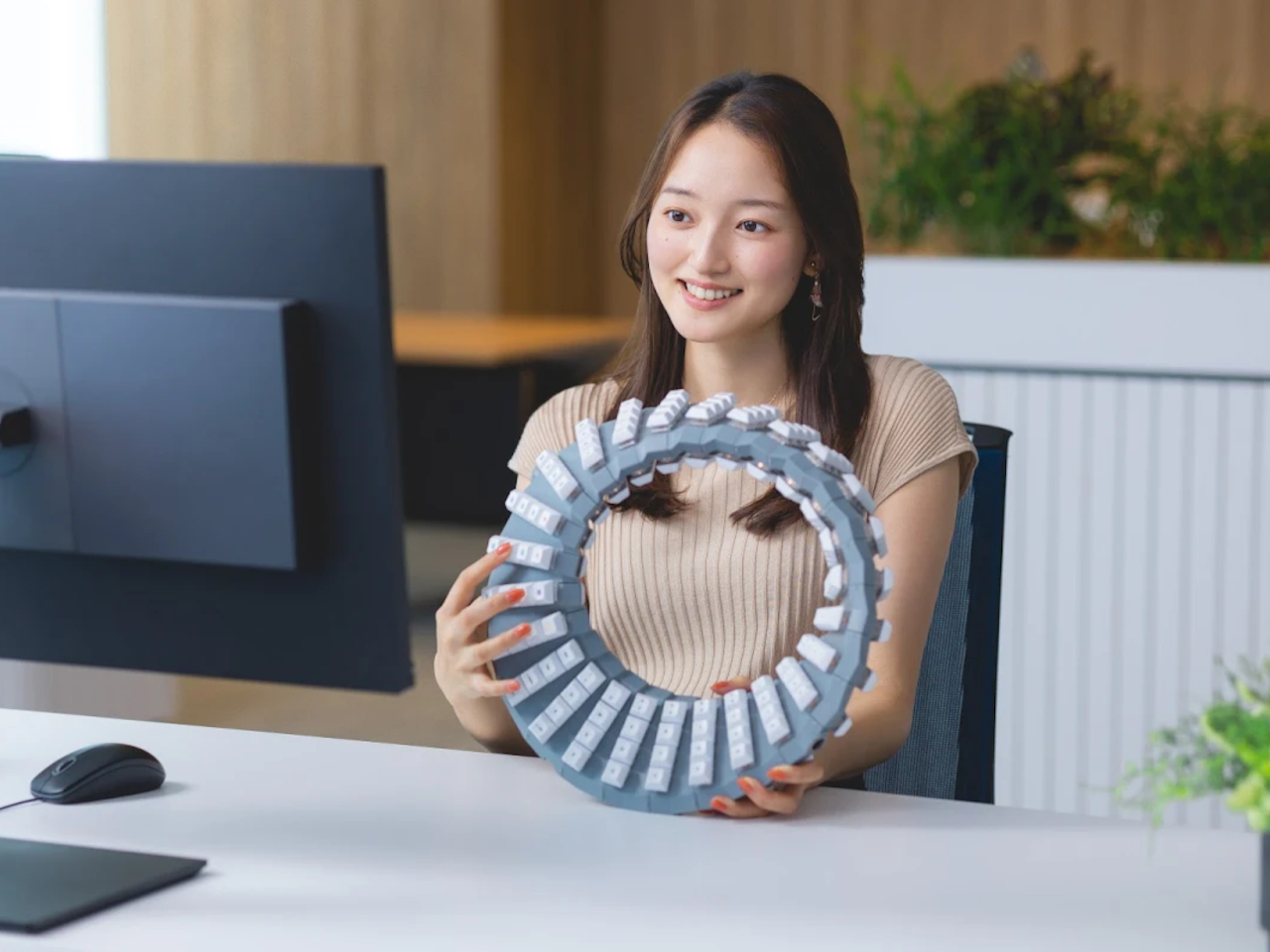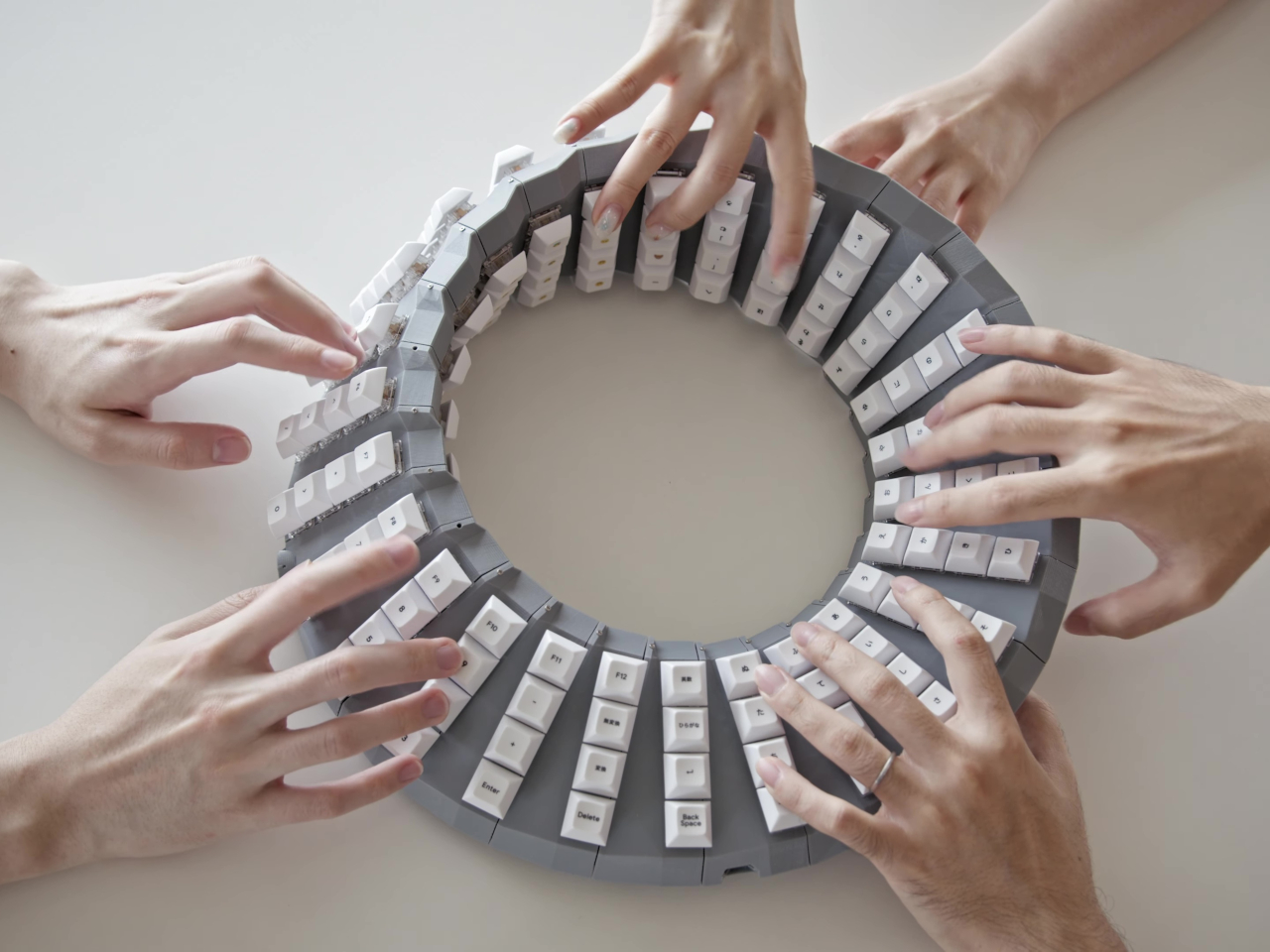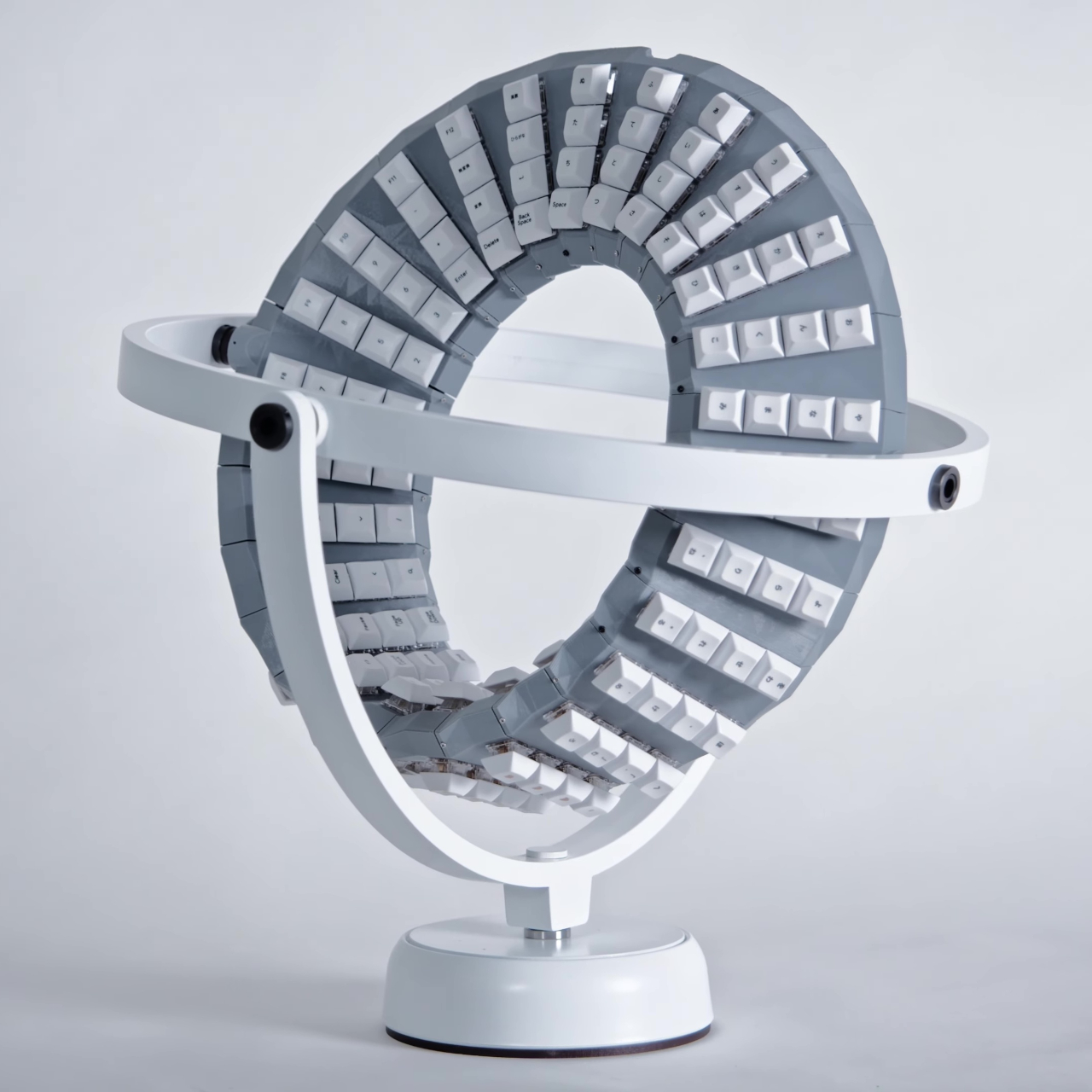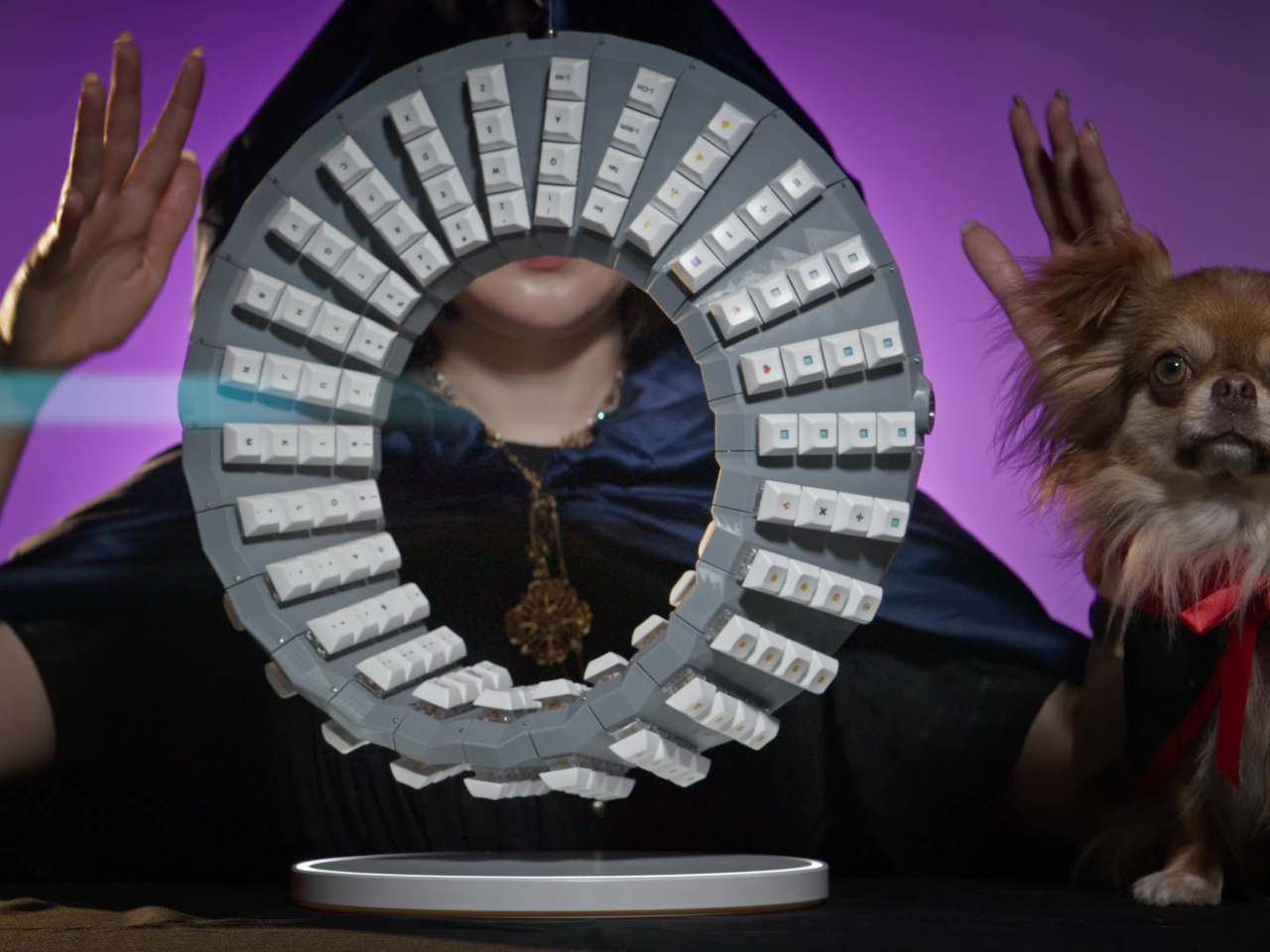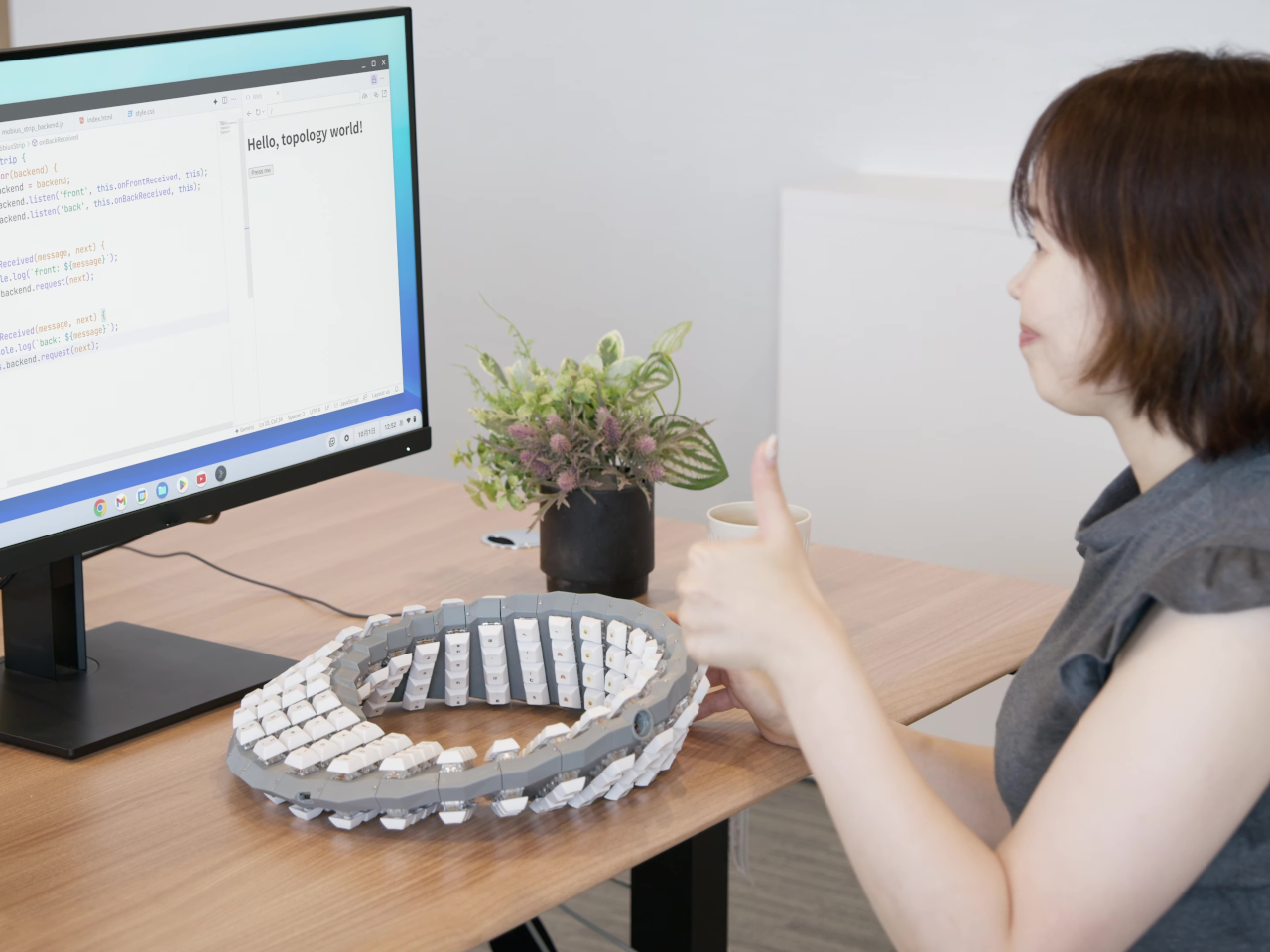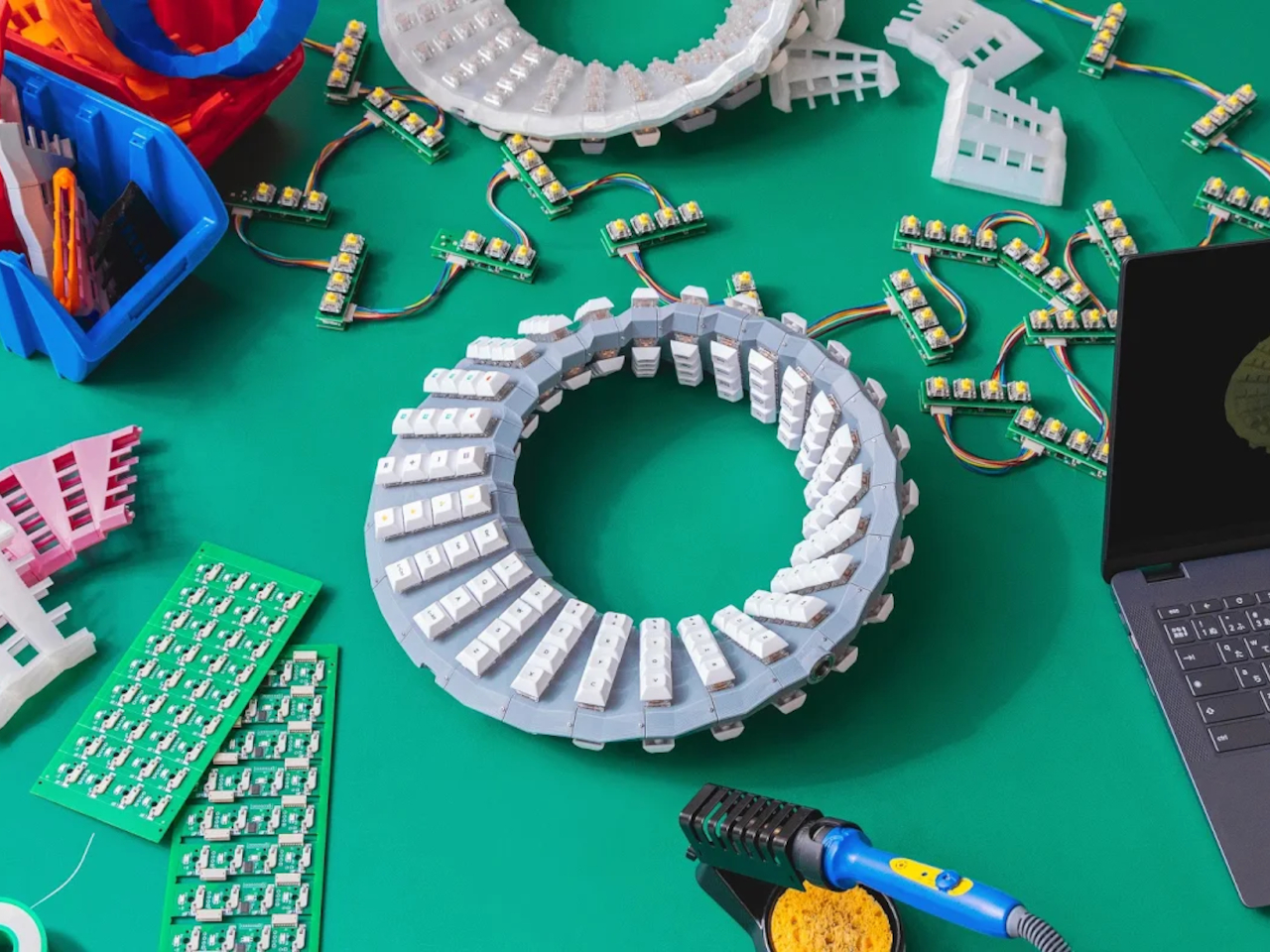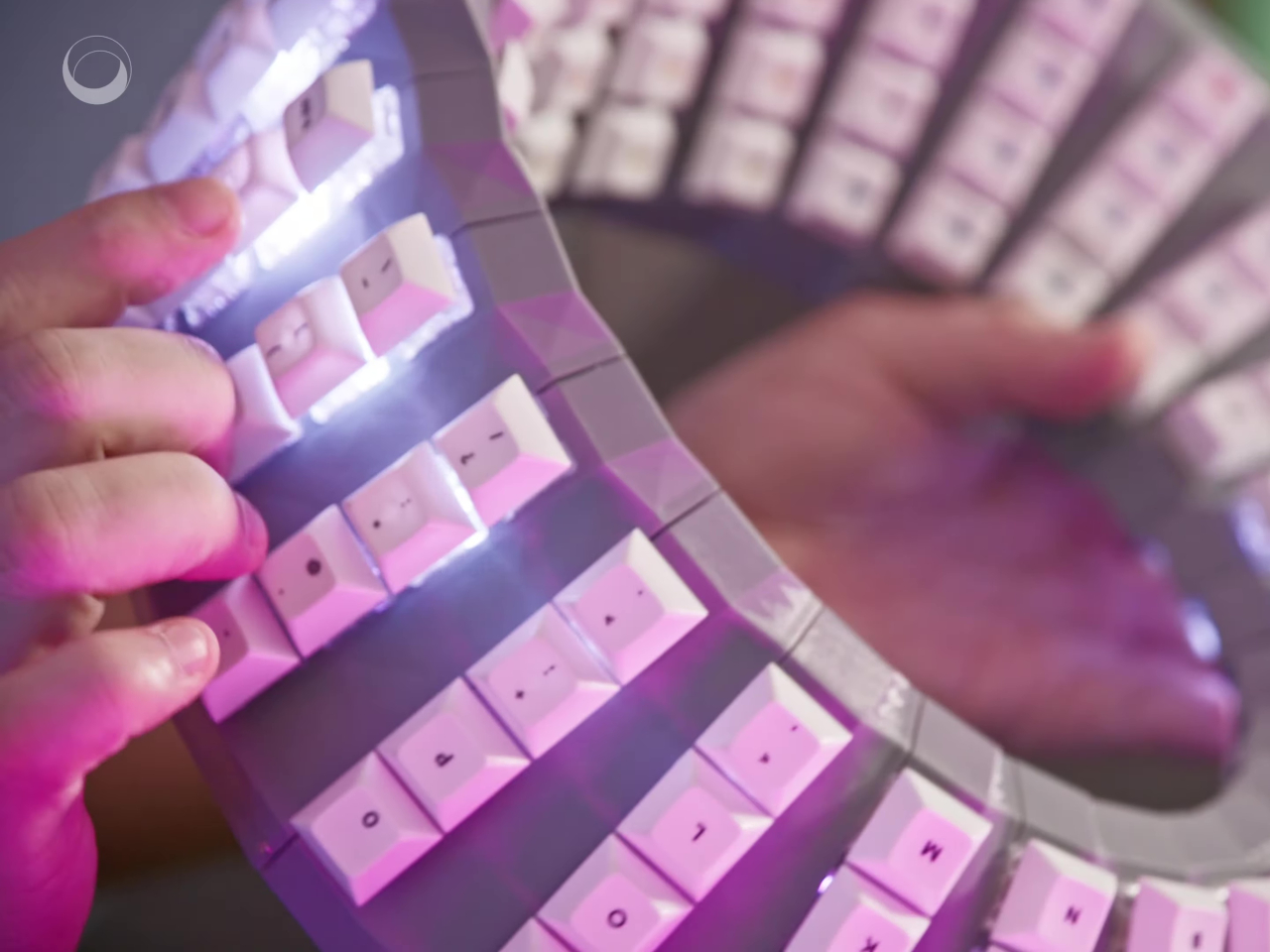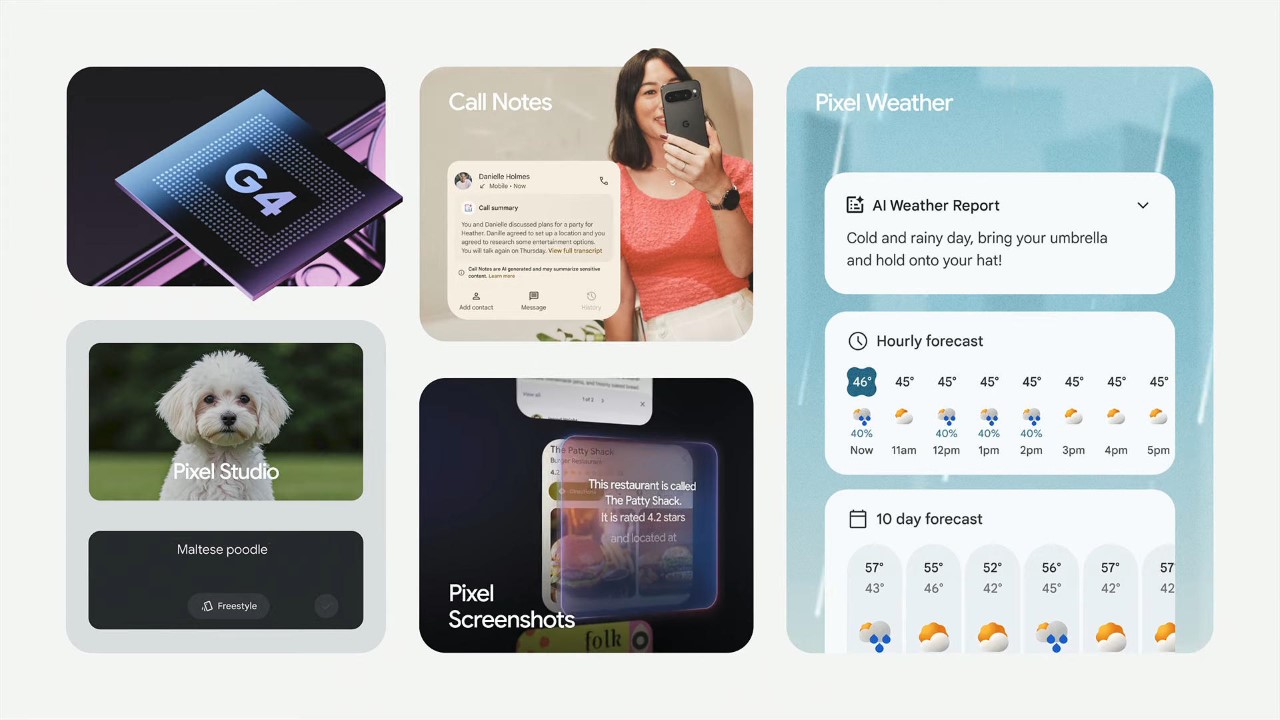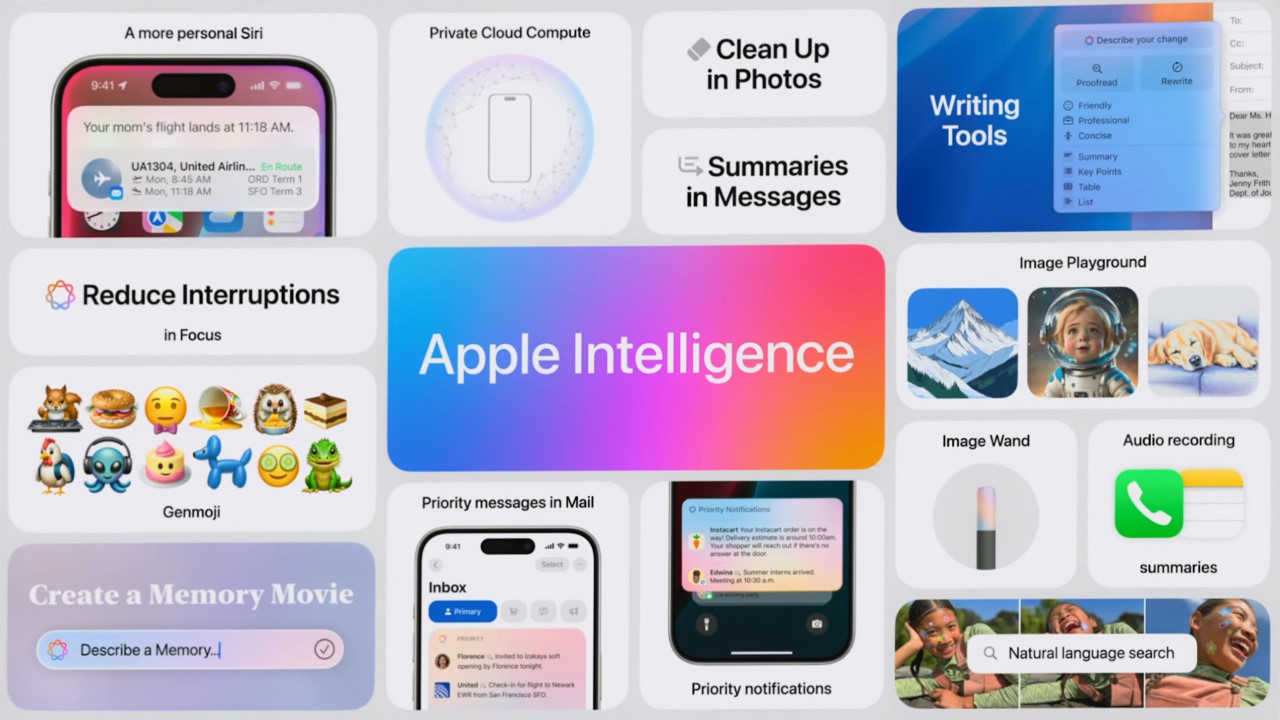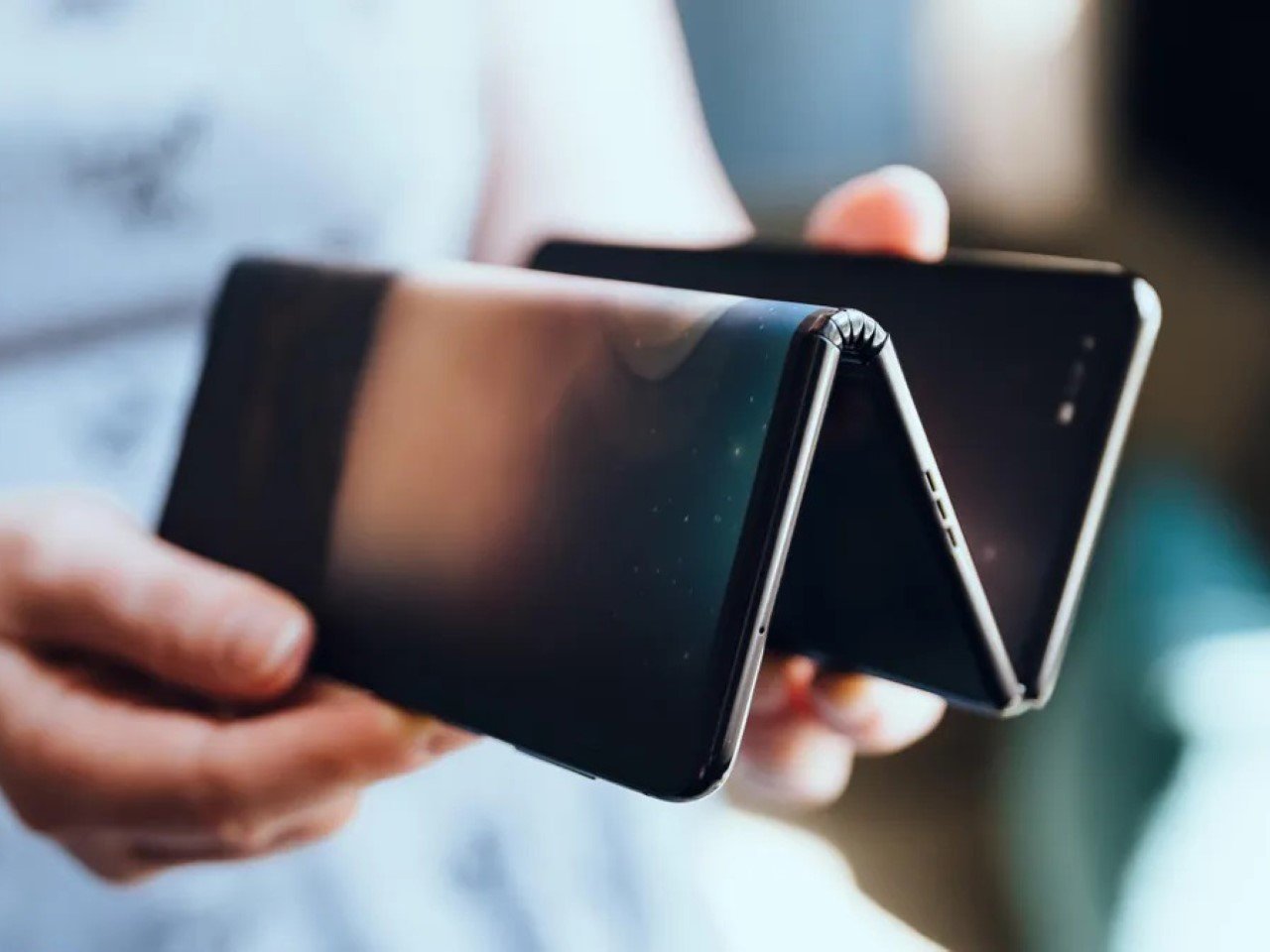
Happy Mobile Monday! Today, I am diving into the best phones of 2024, a year that has brought us remarkable innovations in smartphone technology. The TECNO Phantom Ultimate 2, a concept tri-fold, and Huawei’s Mate XT, a production-ready model, serve as unique entries in the foldable market, showcasing ambitious designs that push boundaries. Apple, Samsung, and Google continue to dominate as key players with their globally available devices—each setting a benchmark for quality and user experience. Meanwhile, other contenders like VIVO and TECNO have stepped up to challenge the norm, delivering impressive foldable options and innovative features. Whether it’s the revolutionary AI capabilities, cutting-edge cameras, or foldable technology that truly takes smartphones to the next level, this year’s selection reflects an exciting blend of creativity and technical achievement.
Huawei Mate XT
A true innovation in foldable technology, Huawei’s Tri Fold redefines what it means to multitask on the go.
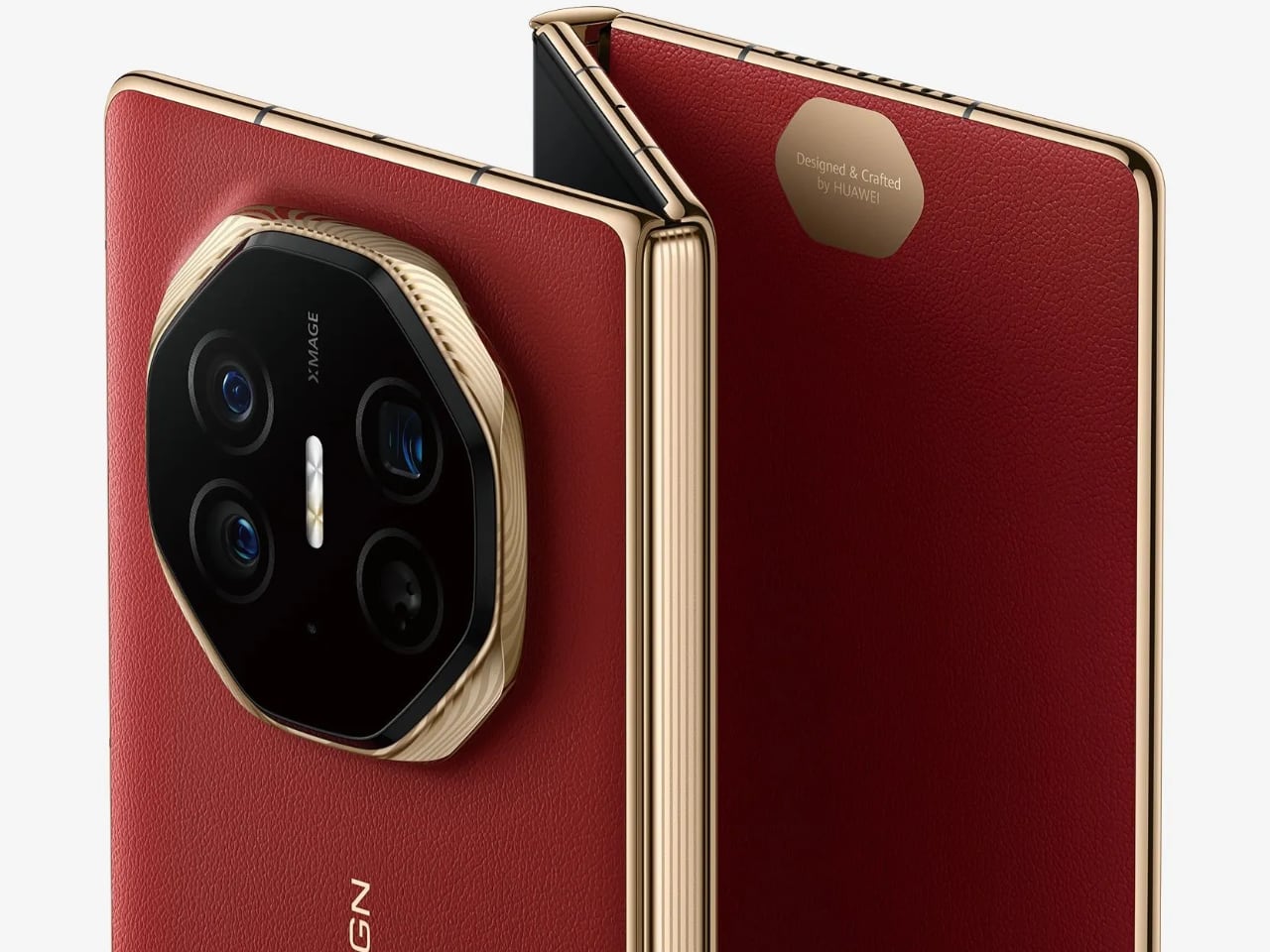
The Huawei Mate XT introduces an impressive three-part foldable design, seamlessly transitioning between smartphone and tablet modes. It features a high-grade aluminum frame and glass back for a premium feel. When unfolded, its 10.5-inch OLED display is ideal for productivity and media. The hinge mechanism ensures a smooth and durable experience, further supported by Huawei’s engineering prowess. With the latest Kirin chipset, the Tri-Fold easily runs multiple apps, supported by 5G connectivity for lightning-fast internet speeds.
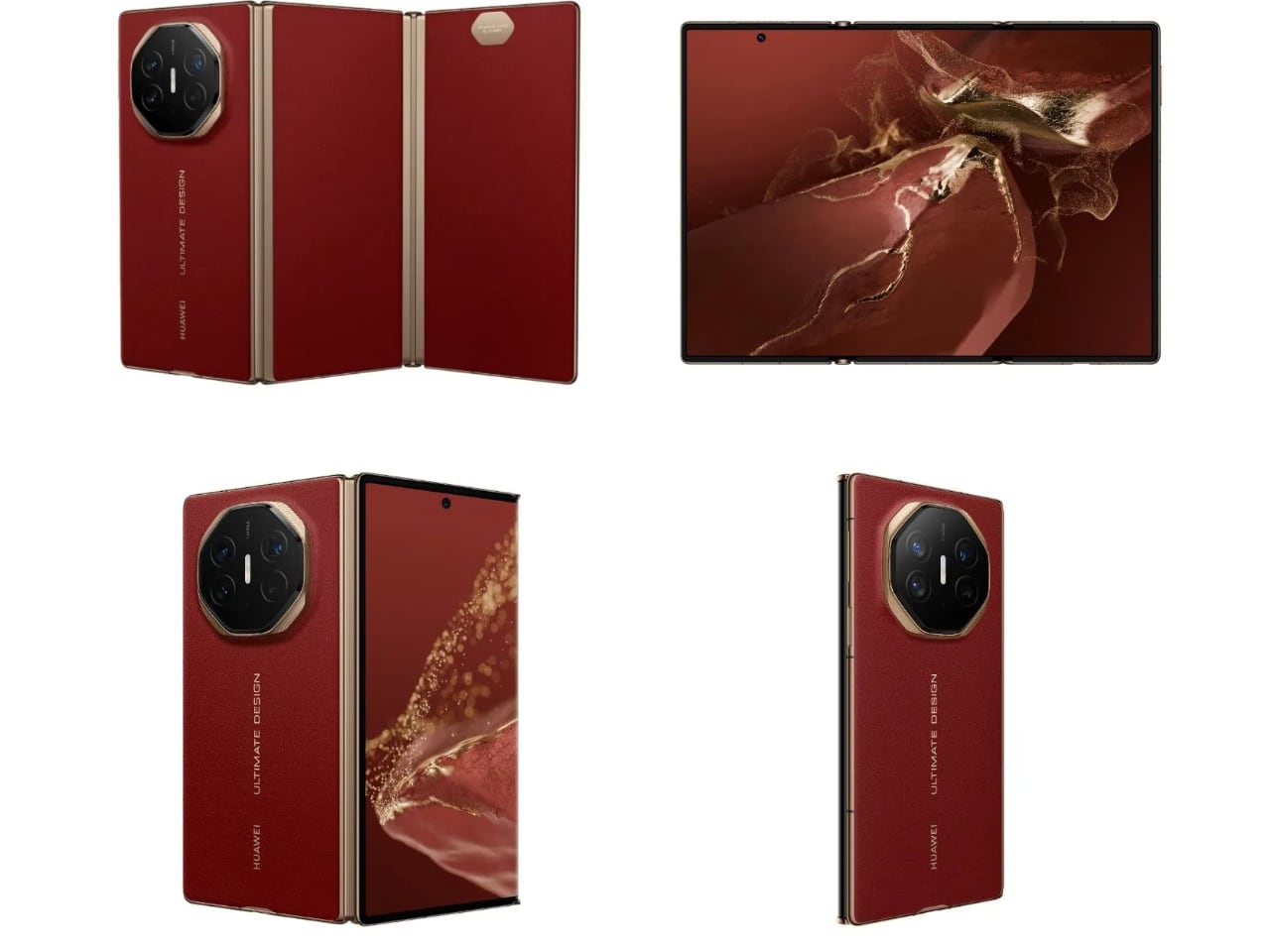
Why is it noteworthy?
The Huawei Mate XT stands out for its unique tri-folding screen, offering versatility that regular foldables can’t match. It’s designed for power users who need more screen real estate without sacrificing portability.
Price & Availability: The retail price is $2,499. It is available in China.
What We Love:
- Expansive 10.5-inch OLED display.
- Versatile tri-fold design perfect for productivity.
- XMAGE camera system for impressive photography.
Not So Great:
- Available only in China with a wait list spanning over 5 million units pre-ordered.
- It is heavier compared to standard foldables, making it less pocket-friendly.
- Steep price from $3,499 to over $5,000 from resellers.
iPhone 16 Pro and Pro Max
Apple’s latest iteration brings groundbreaking camera, video, and audio capabilities, all powered by the new A18 Pro chip.
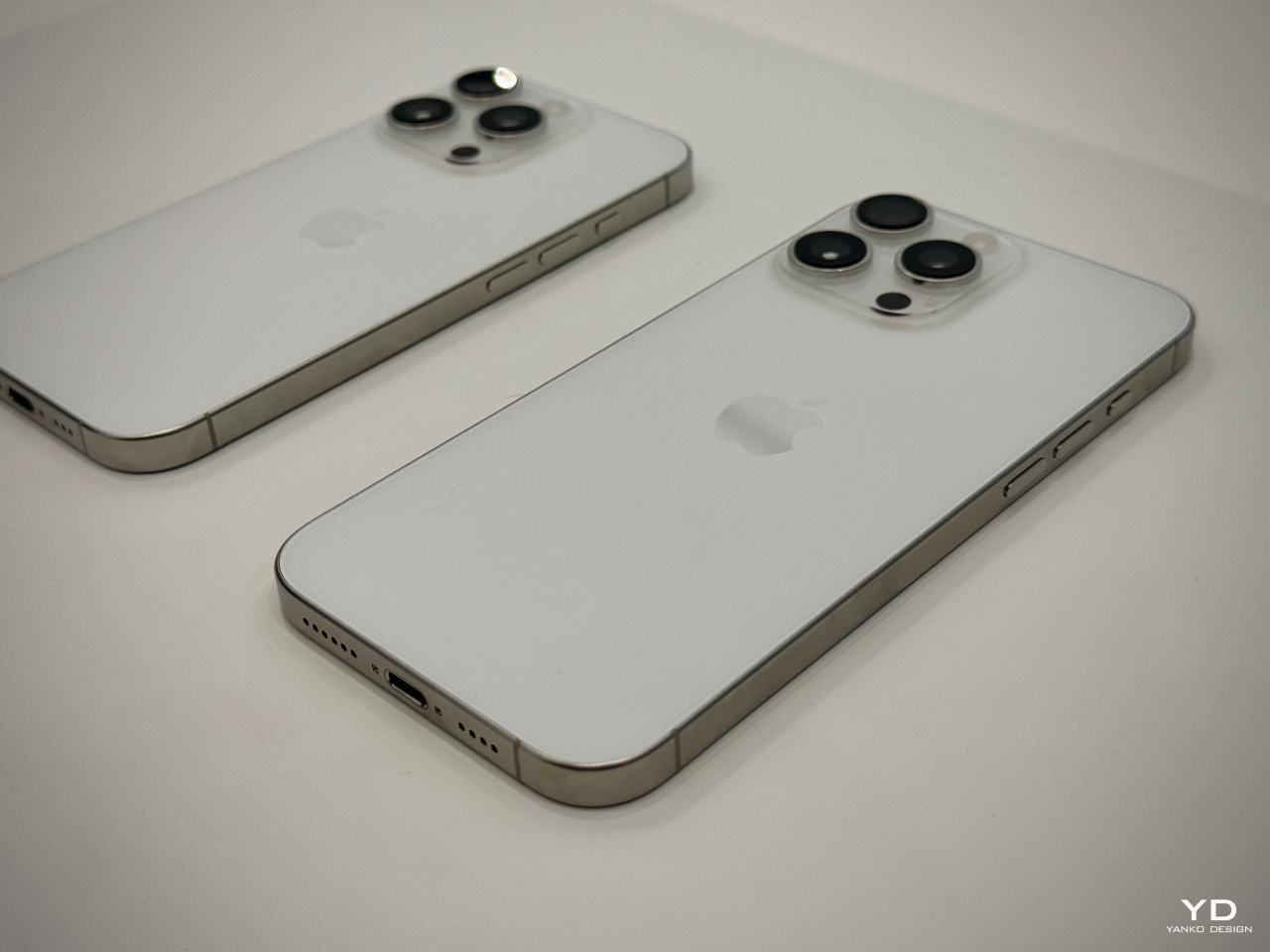
iPhone 16 Pro and Pro Max
The iPhone 16 Pro and Pro Max elevate Apple’s design and user experience with 6.1-inch and 6.7-inch ProMotion OLED displays for fluid visuals. Powered by the A18 Pro chip, these phones excel in gaming, augmented reality, and multitasking. The Pro lineup includes a r 5x optical zoom, and both models feature larger sensors for improved low-light shots. Spatial Video recording allows for immersive content capture, further enhancing the media experience. The improved audio system and Apple’s new Adaptive EQ enhance the sound experience on calls or playing media.
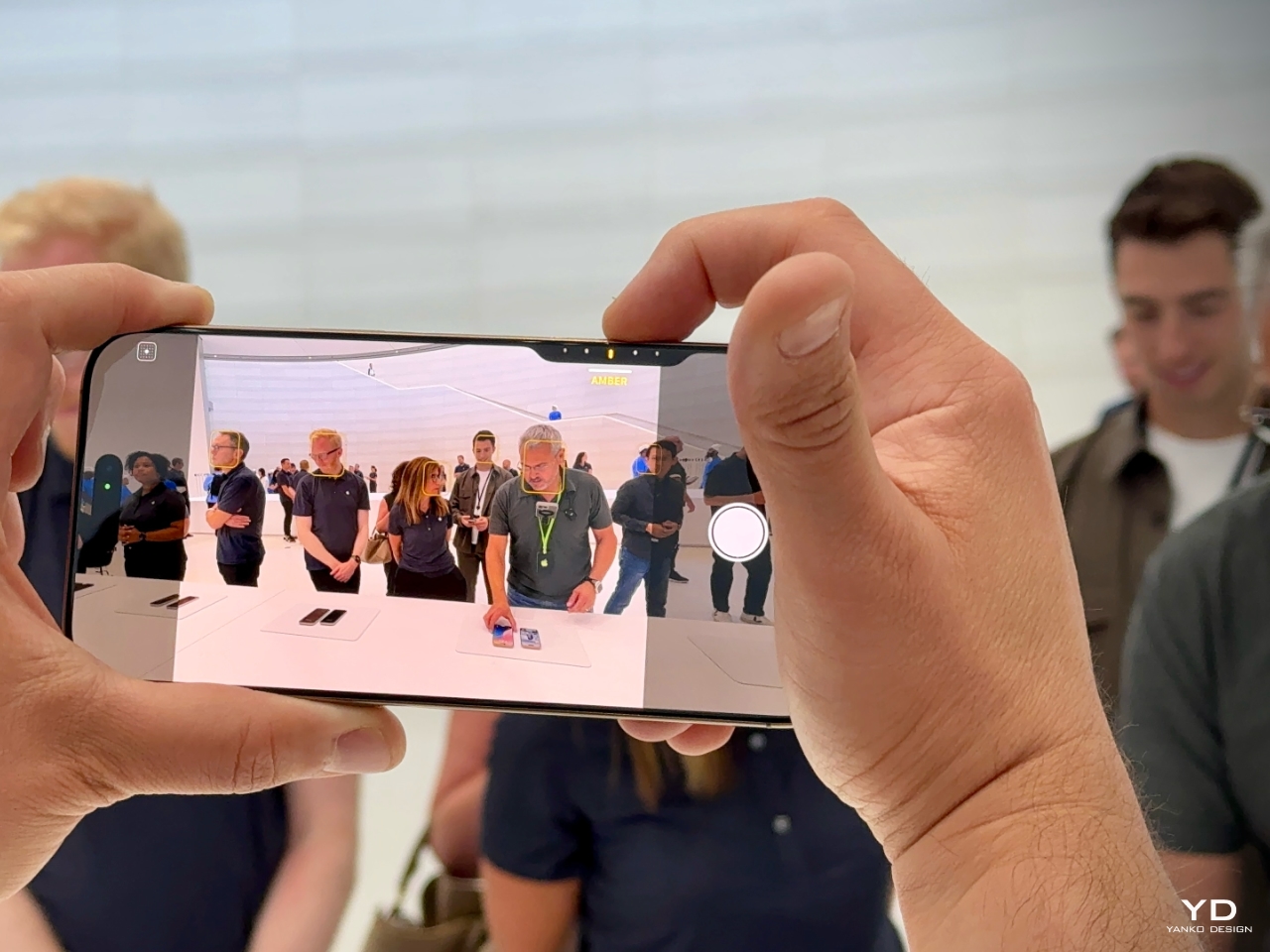
Apple iPhone 16 Pro Max Camera Controll
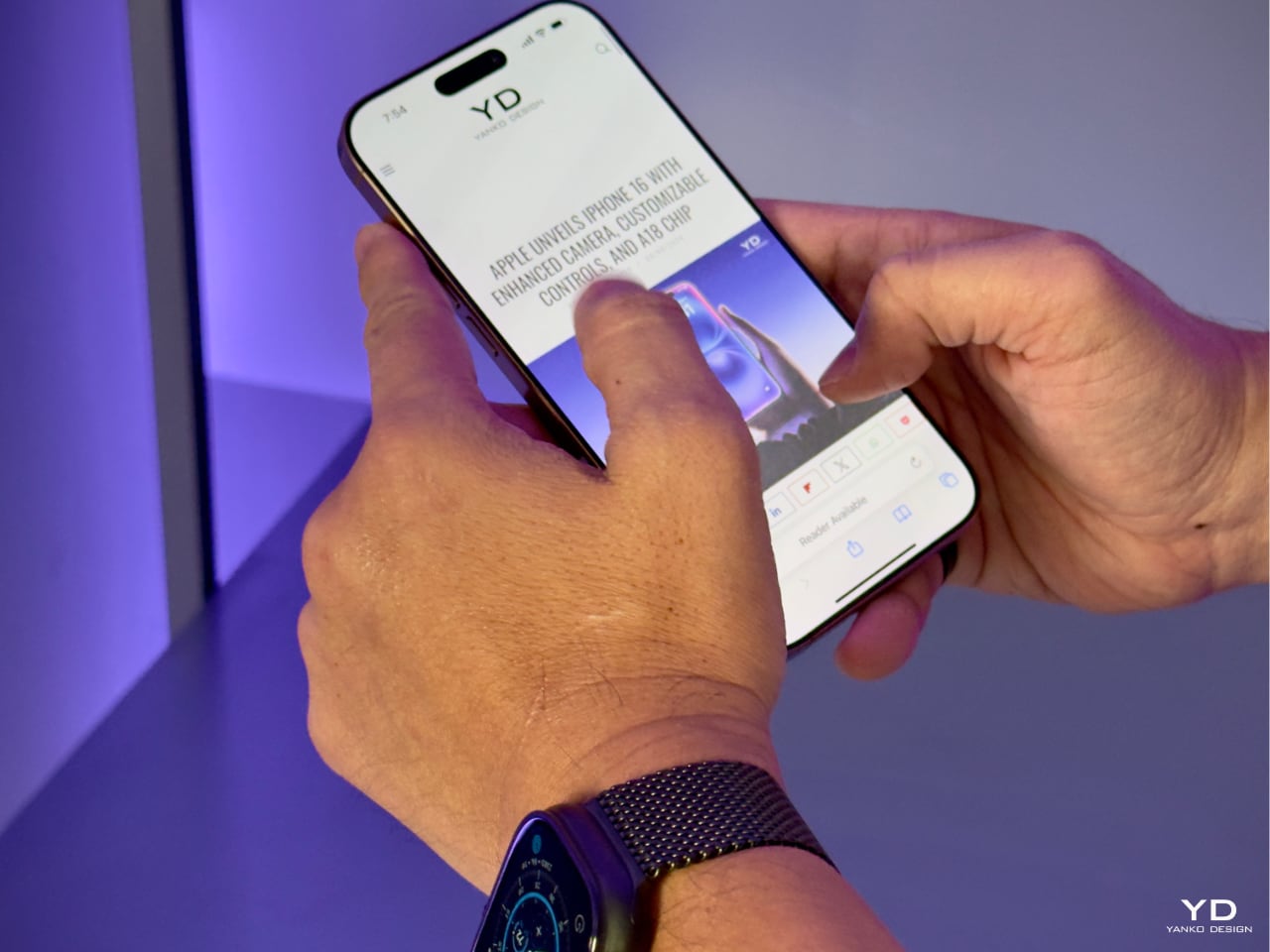
Apple iPhone 16 Pro
Why is it noteworthy?
The iPhone 16 Pro and Pro Max embody Apple’s latest technological advancements, focusing on enriched user experiences in both photography and video. Integrating the A18 Pro chip improves performance and ensures seamless multitasking, efficient power use, and impressive AR applications. These phones are ideal for users who prioritize cutting-edge media capabilities and a premium build.
Price & Availability: Retail price starts at $1,199 for the Pro and $1,399 for the Pro Max. It is available globally through Apple stores and major carriers.
What We Love:
- A18 Pro chip provides top-tier performance.
- Periscope zoom lens for the Pro Max with 5x optical zoom.
- Spatial Video feature for immersive video capture.
- ProMotion display for smooth interaction.
Not So Great:
- Periscope zoom is limited to the Pro Max model.
- Slightly bulkier design compared to previous models.
Samsung Galaxy Z Fold 6
Samsung’s tried and tested foldable design returns with refined features for a seamless experience.
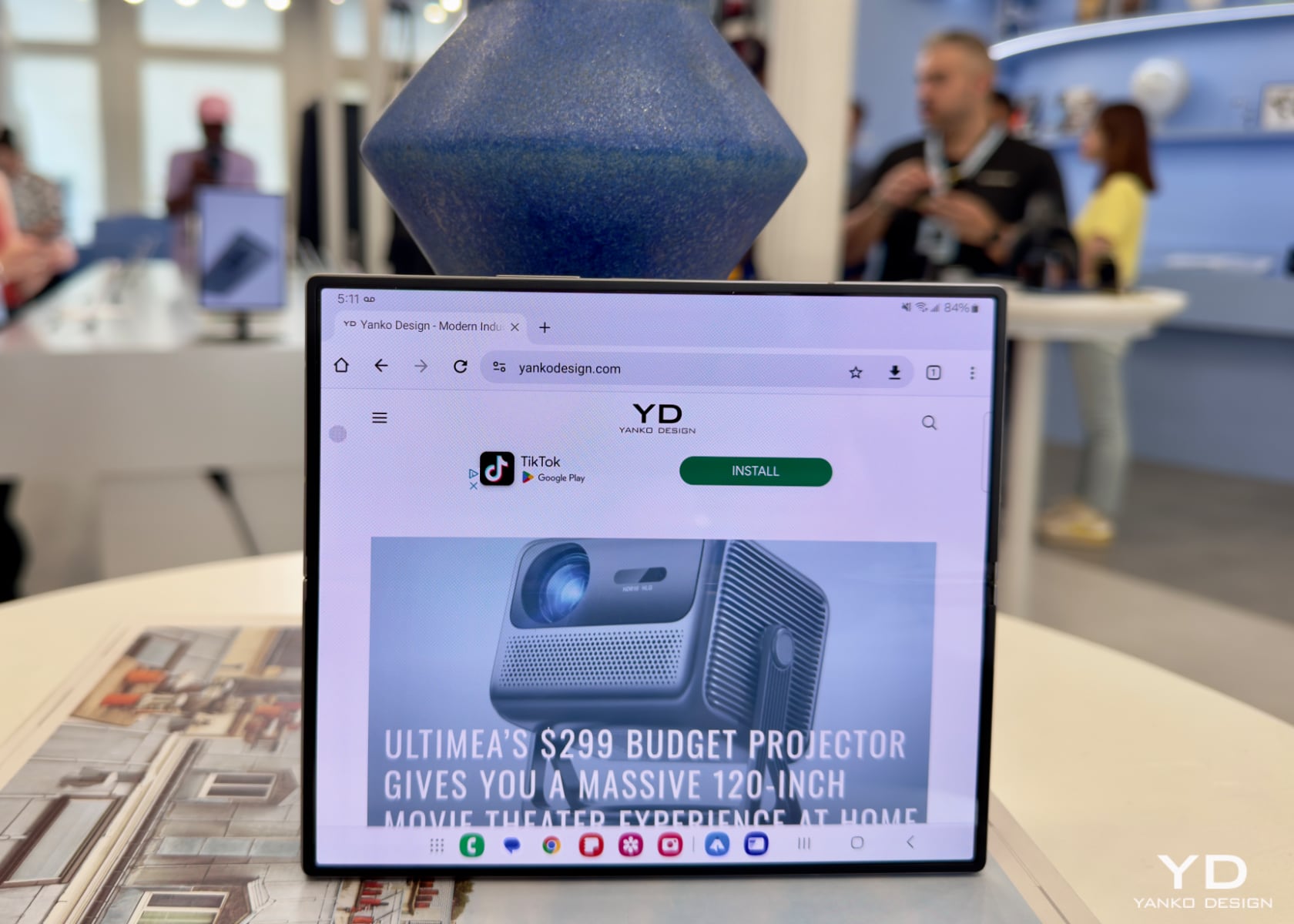
The Galaxy Z Fold 6 exudes a maturity that offers elegance, performance, and reliability, providing a seamless and refined experience. The 7.6-inch foldable AMOLED display delivers an expansive canvas, perfect for multitasking, while the 6.2-inch cover screen remains practical for quick tasks when folded. Equipped with the Snapdragon 8 Gen 3 processor, it ensures smooth performance across all applications. Samsung has also improved the hinge design, resulting in a more durable, streamlined folding mechanism. The Z Fold 6 also includes S Pen support, allowing users to jot down notes or sketches effortlessly.
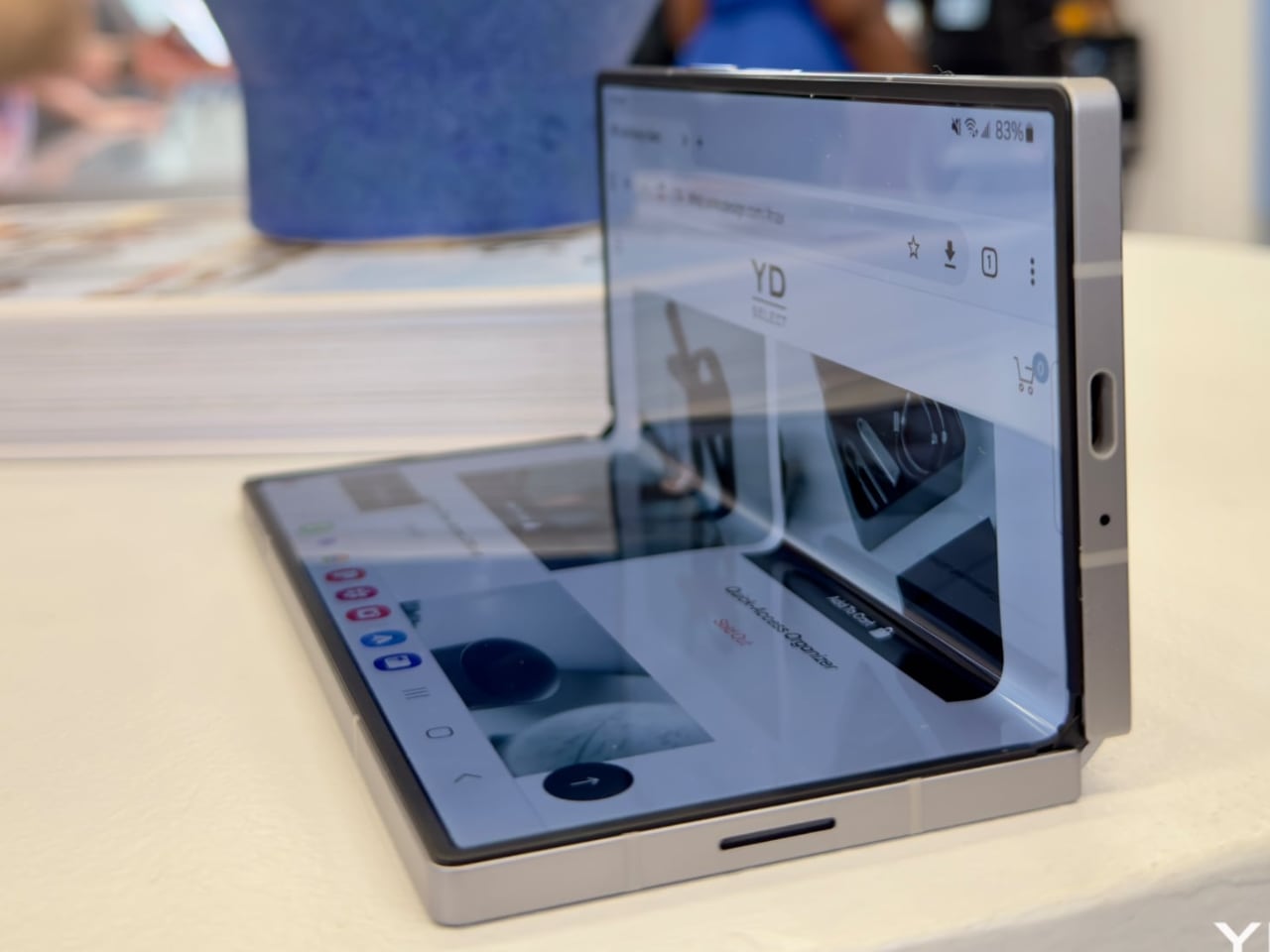
Samsung Galaxy Fold6
Why is it noteworthy?
The Galaxy Z Fold 6 is a refined evolution of Samsung’s foldable line, offering both productivity and entertainment in a sleek package. Its expansive screen and S Pen functionality make it ideal for power users, and improvements in durability and the folding mechanism make it more reliable for everyday use.
Price & Availability: Retail price: Starting at $1,899. Available globally through Samsung and major carriers.
What We Love:
- Improved hinge design for better durability.
- Expansive 7.6-inch foldable display for enhanced productivity.
- Snapdragon 8 Gen 3 processor for reliable performance.
- S Pen support for additional functionality.
Not So Great:
- It’s still a relatively high price point.
- The foldable design adds bulk compared to traditional phones.
Pixel 9 Pro and Pixel 9 Pro XL
Google’s AI-centric flagship delivers the future of smartphones today with enhanced personalization and performance.
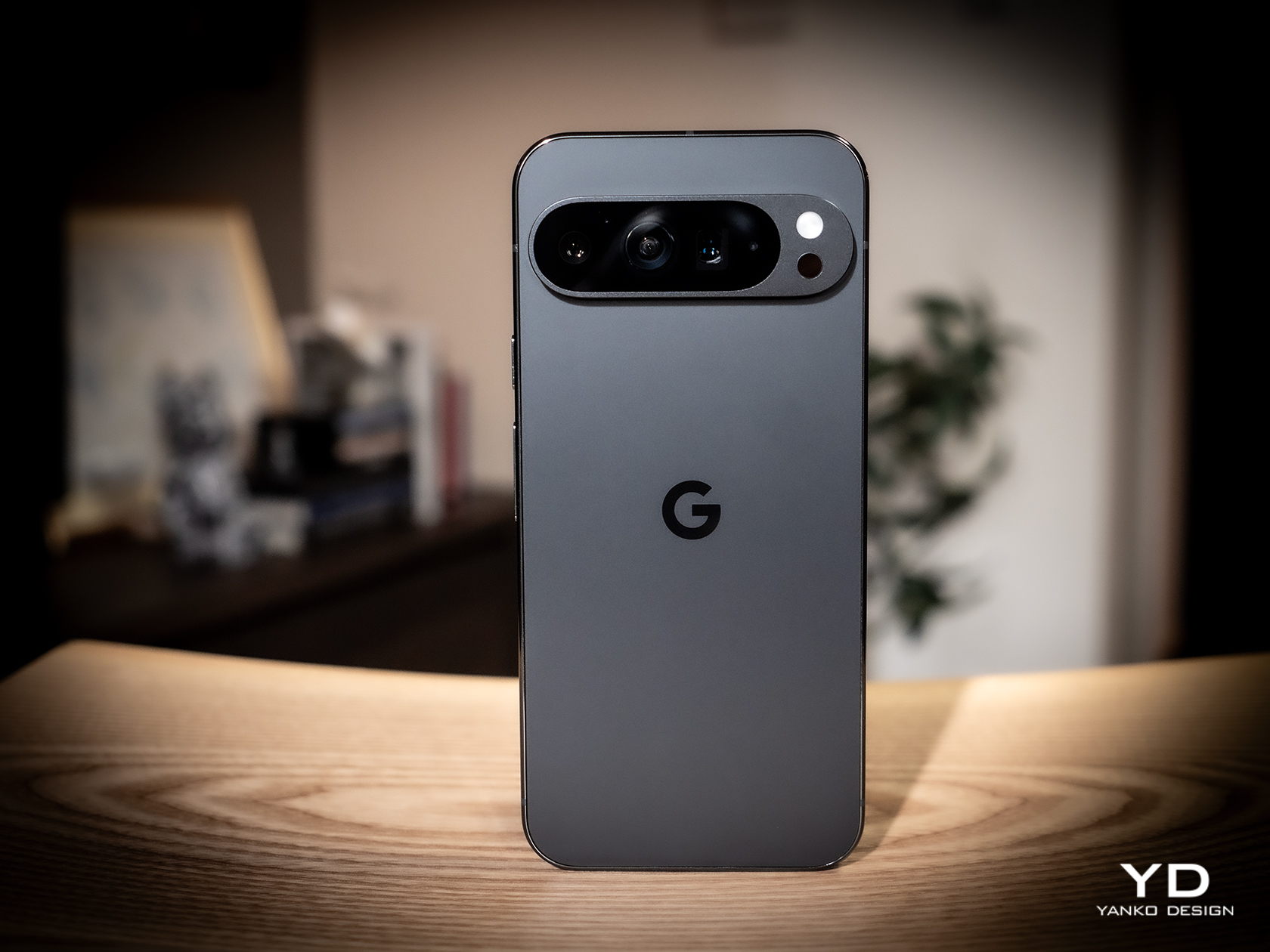
The Pixel 9 Pro and Pixel 9 Pro XL focus on bringing AI advancements front and center. Powered by the Tensor G4 chipset, these devices deliver adaptive user interfaces, real-time translation, and personalized photography features. The larger 7.6-inch display on the XL offers an immersive viewing experience, while the enhanced camera system leverages AI to improve low-light shots and video stabilization. The UWB chip enhances smart home integration, allowing for precise spatial awareness. The high-quality OLED display provides a smooth 120Hz refresh rate.
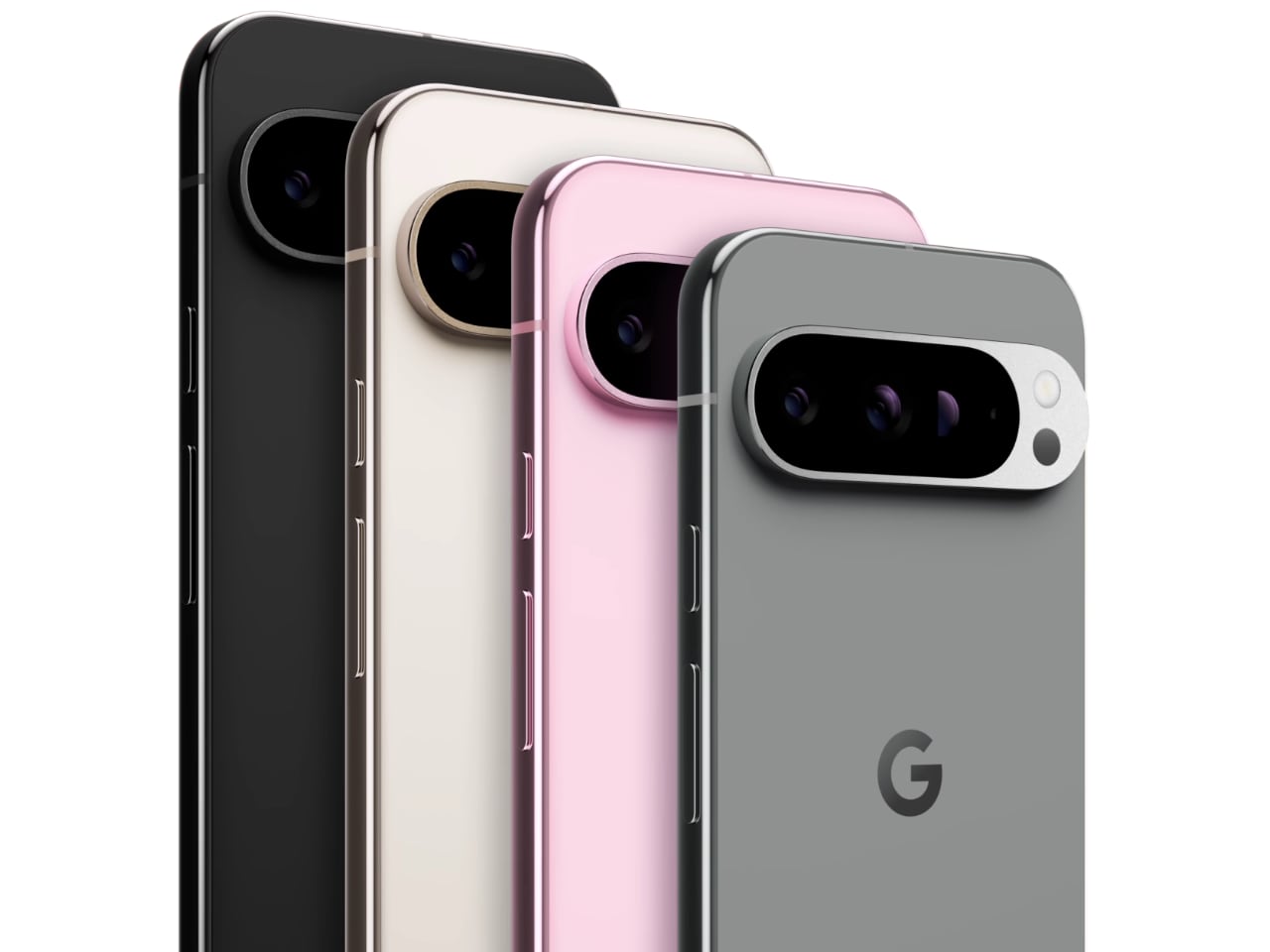
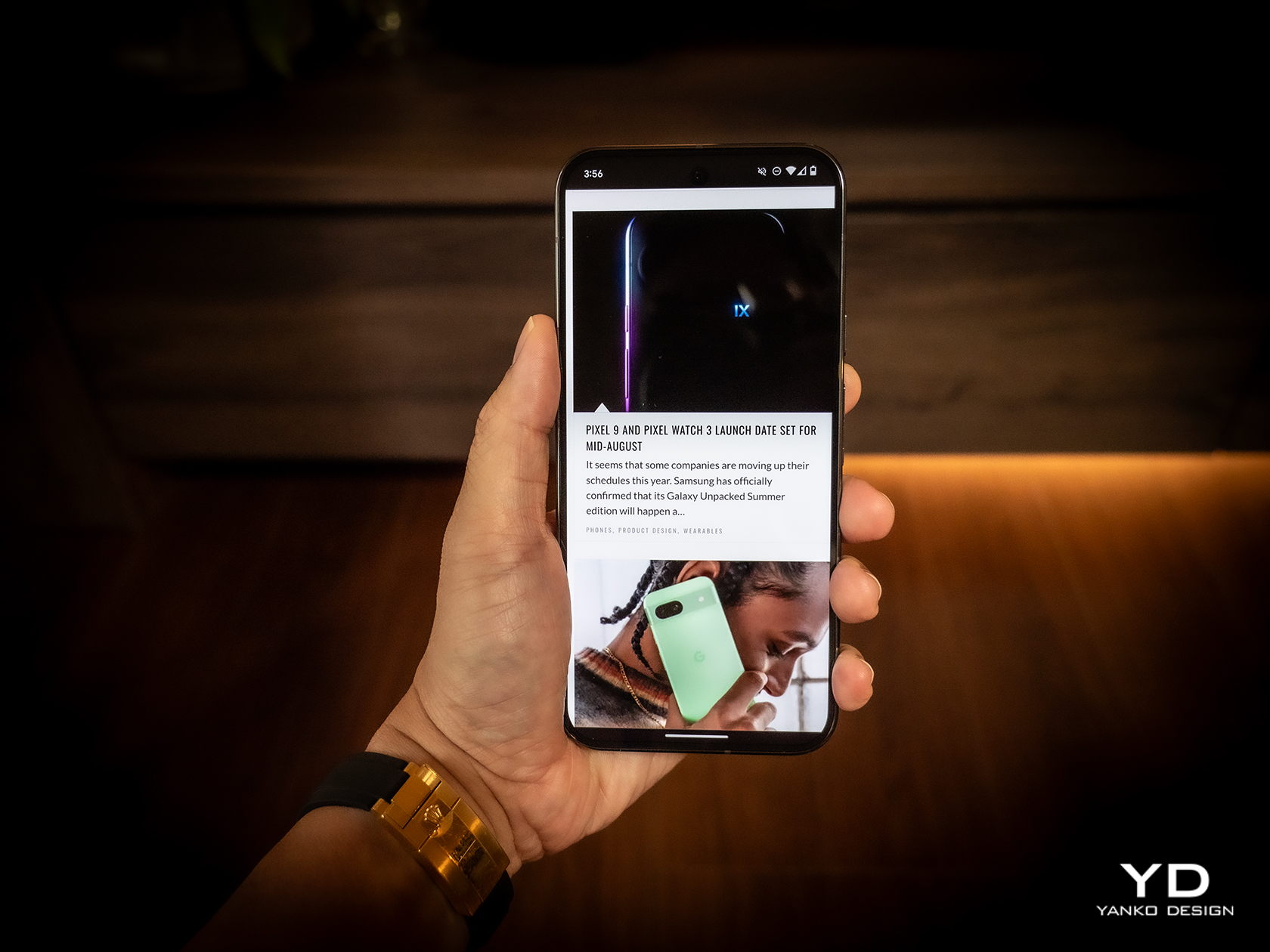
Why is it noteworthy?
The Pixel 9 Pro and Pixel 9 Pro XL bring Google’s latest AI capabilities to the forefront, making them ideal for users looking for a smart and adaptive experience. The improved camera system, combined with the Tensor G4 chipset, ensures stunning photography and smooth performance across all applications. With enhanced personalization features and cutting-edge technology, these devices represent the pinnacle of Google’s innovation in 2024.
Price & Availability: The retail price of the Pro starts at $1,099 and $1,299 for the Pro XL. It is available globally through Google’s online store and major carriers.
What We Love:
- Tensor G4 chipset for enhanced AI capabilities.
- Superior computational photography for stunning images in any setting.
- UWB chip for advanced smart home integration.
- High-quality OLED display with a smooth 120Hz refresh rate.
Not So Great:
- Battery life could be improved, especially on the XL model.
- Limited color options at launch.
Not So Great:
- Battery life could be improved, especially on the XL model.
- Limited color options at launch.
iPhone 16
Apple’s latest iPhone 16 brings enhanced photography, customizable controls, a new camera control button, and impressive performance with the A18 chip.
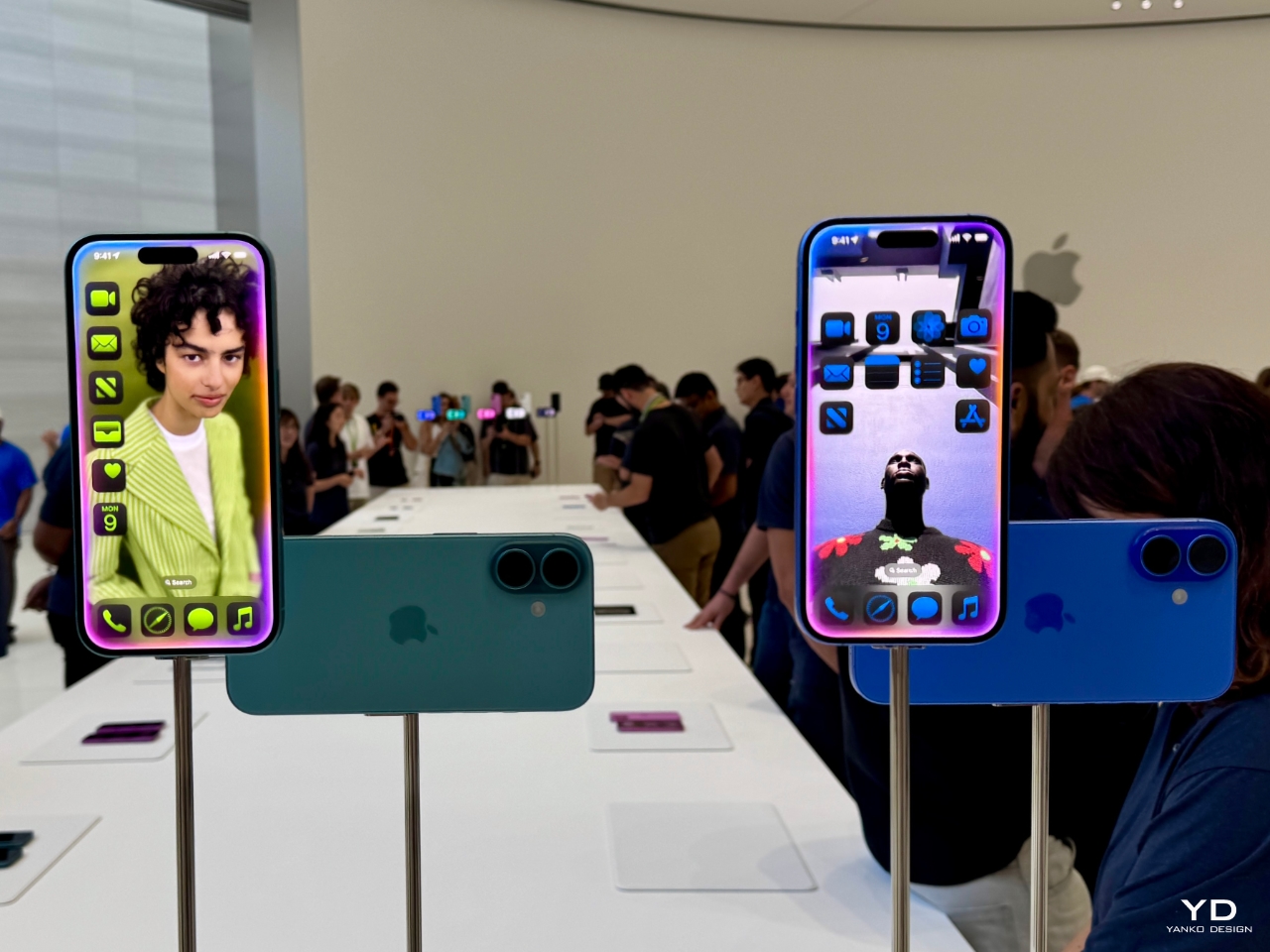
Apple iPhone 16
The iPhone 16 refines Apple’s approach to design and performance, featuring a 6.1-inch Super Retina XDR display and enhanced camera capabilities. The A18 chip boosts overall efficiency for battery life, gaming, and multitasking. Smart HDR 6 and an improved night mode deliver excellent photography. The new customizable Action Button replaces the mute switch, allowing quick access to frequently used features like the camera or flashlight.
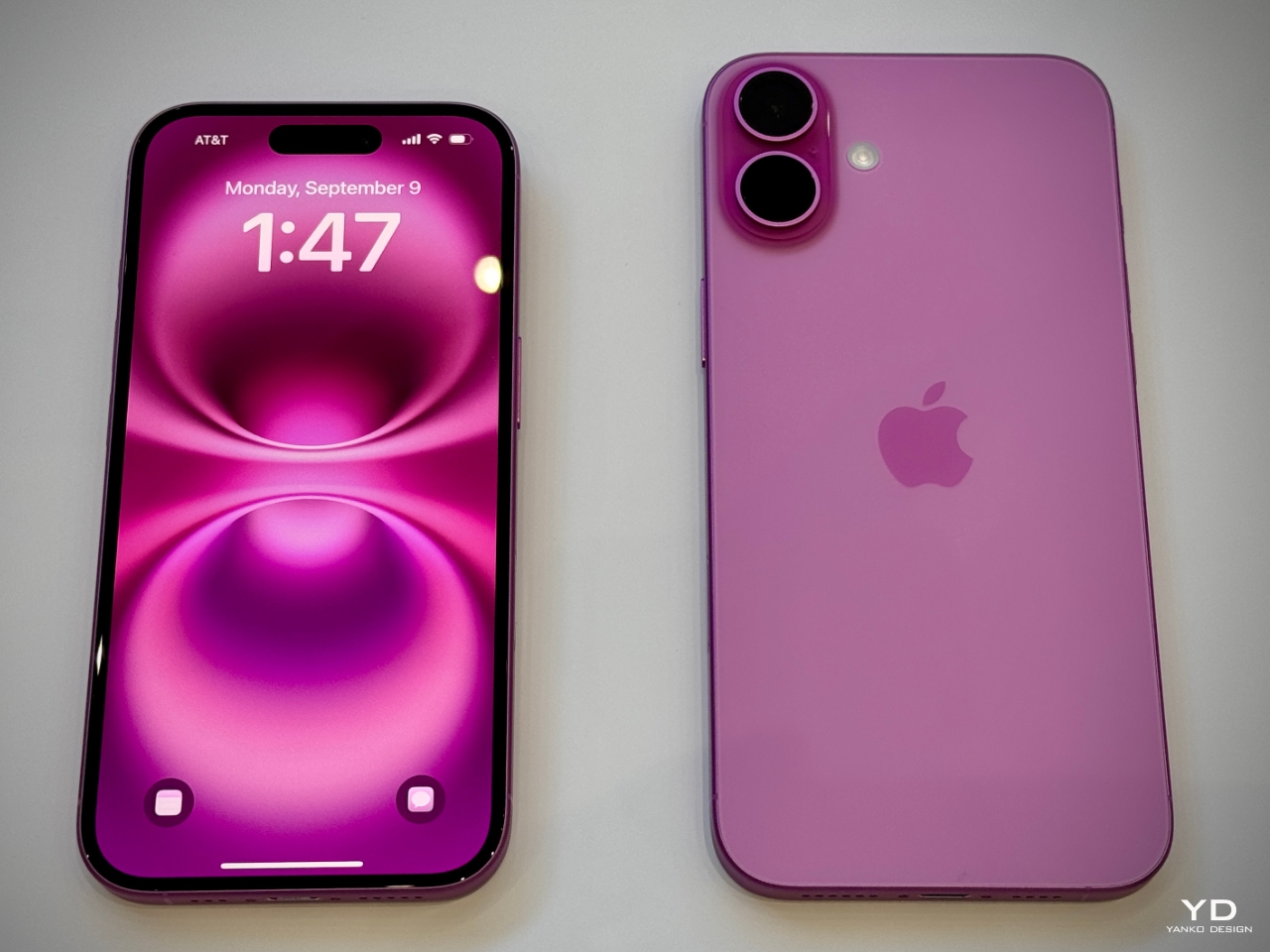
Apple iPhone 16
Why is it noteworthy?
The iPhone 16 is designed for users seeking premium performance in a compact form factor. Its A18 chip and enhanced camera system provide an optimal blend of speed, power efficiency, and intuitive photography tools. The customizable Action Button is a unique feature that makes day-to-day use convenient.
Price & Availability: Retail price starts at $899. It is available globally through Apple stores and major carriers.
What We Love:
- A18 chip for efficient performance and battery life.
- Smart HDR 6 for vibrant and detailed photography.
- Customizable Action Button adds convenience.
- Sleek and familiar Super Retina XDR display.
Not So Great:
- Lack of periscope zoom found in the Pro lineup
TECNO Phantom Ultimate 2
TECNO takes on the foldable competition with an ultra-thin tri-fold concept that rivals Samsung and Huawei.
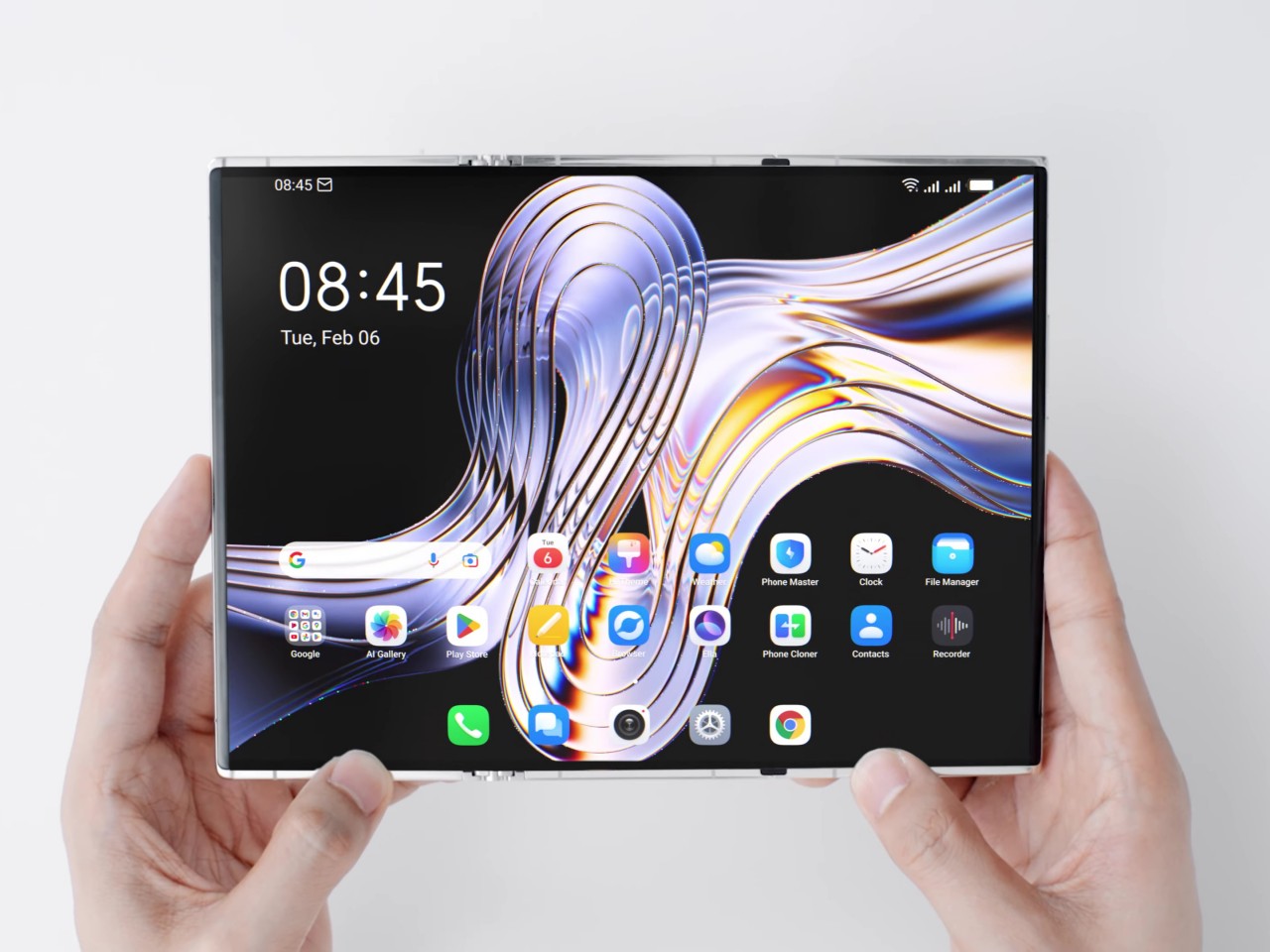
The TECNO Phantom Ultimate 2 is a concept that pushes the boundaries of foldable technology, offering an ultra-thin tri-fold design poised to disrupt the market. Its seamless design features three segments that fold in harmony, creating a pocket-sized device that expands into a full-fledged tablet experience. The OLED panel is bright and sharp, making the most of its flexible form factor. TECNO has equipped the Phantom Ultimate 2 with a new cooling system to maintain optimal performance despite its thin profile while focusing on durability to ensure that the unique folding mechanism withstands everyday use.
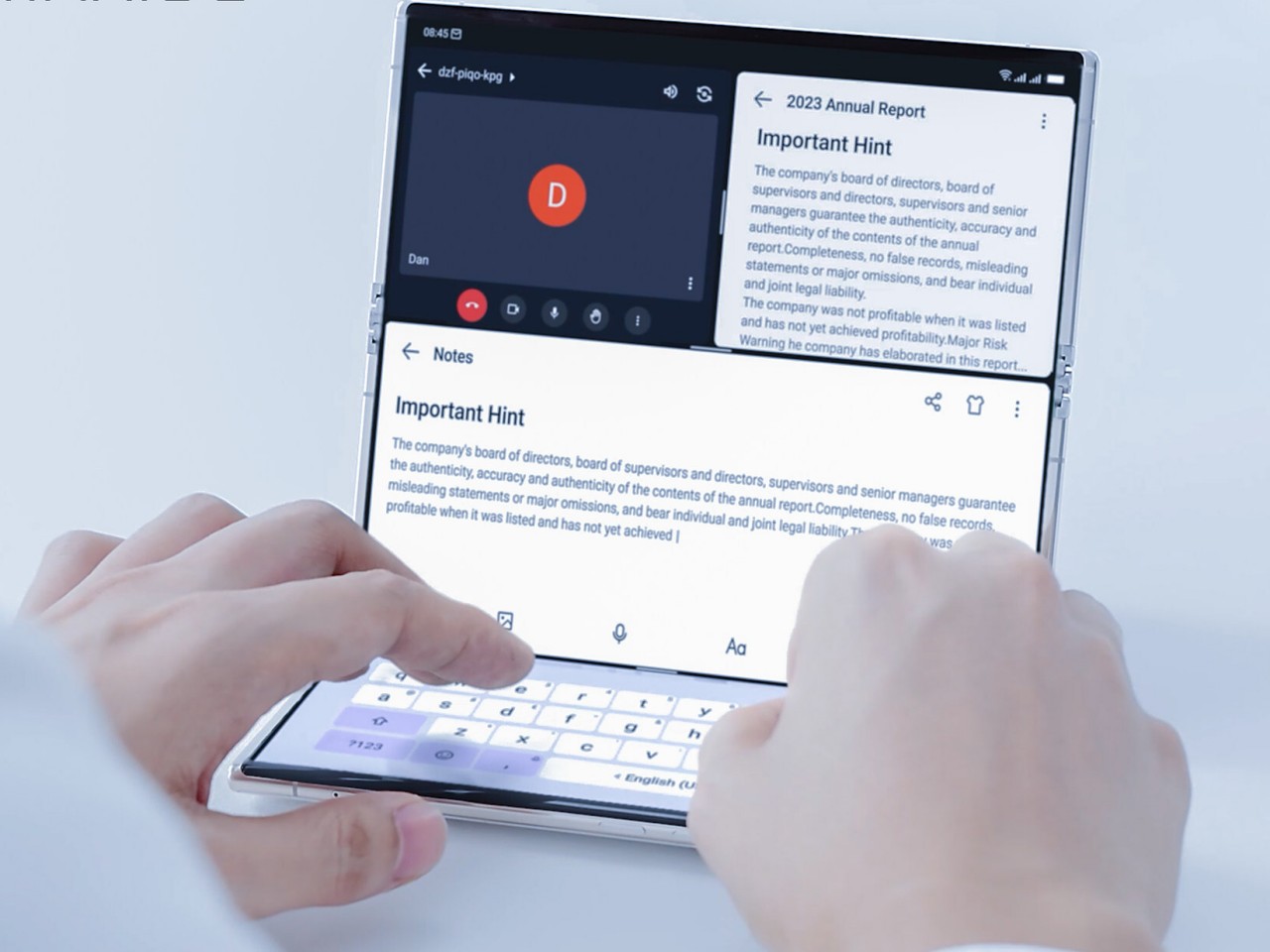
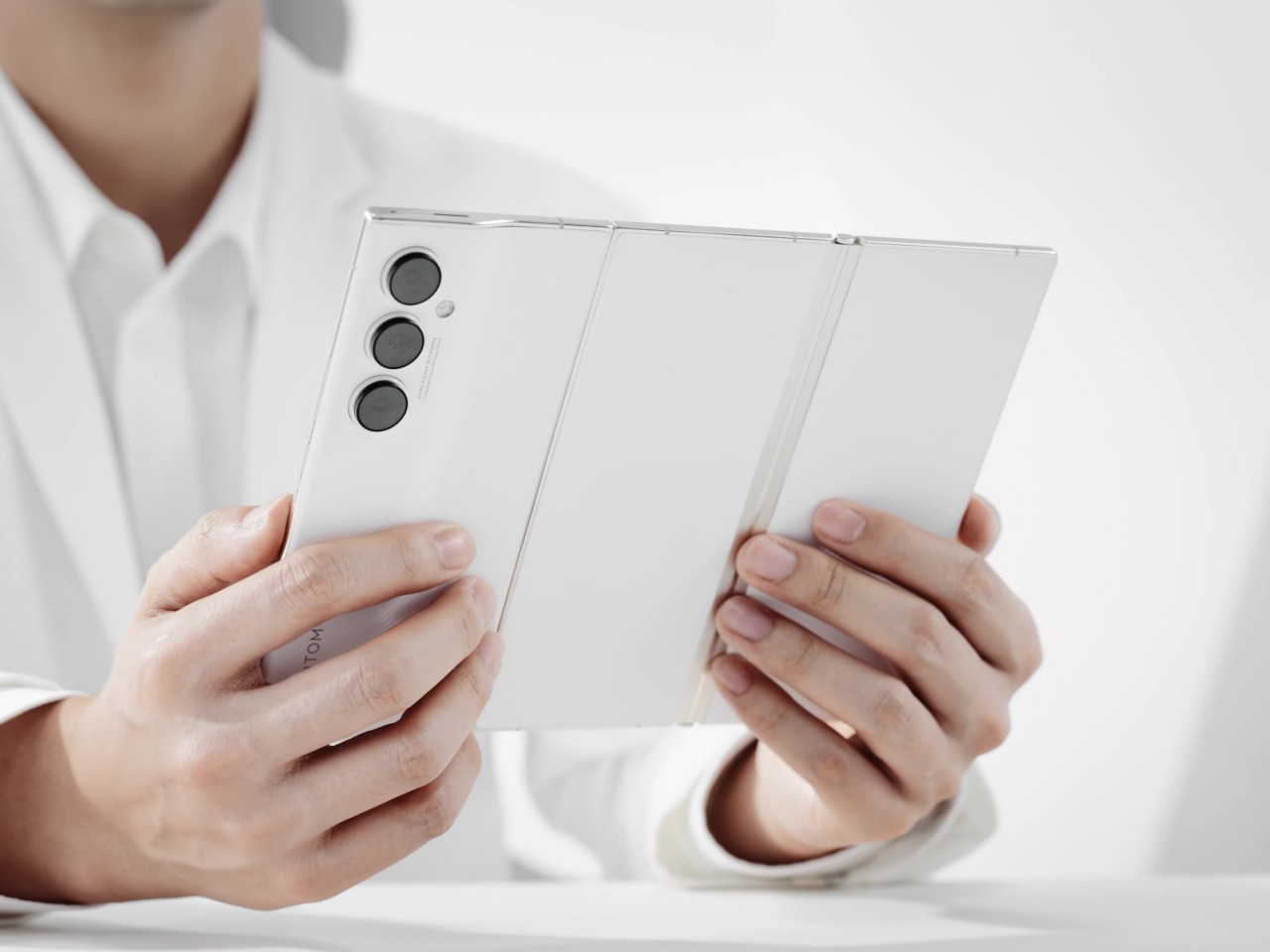
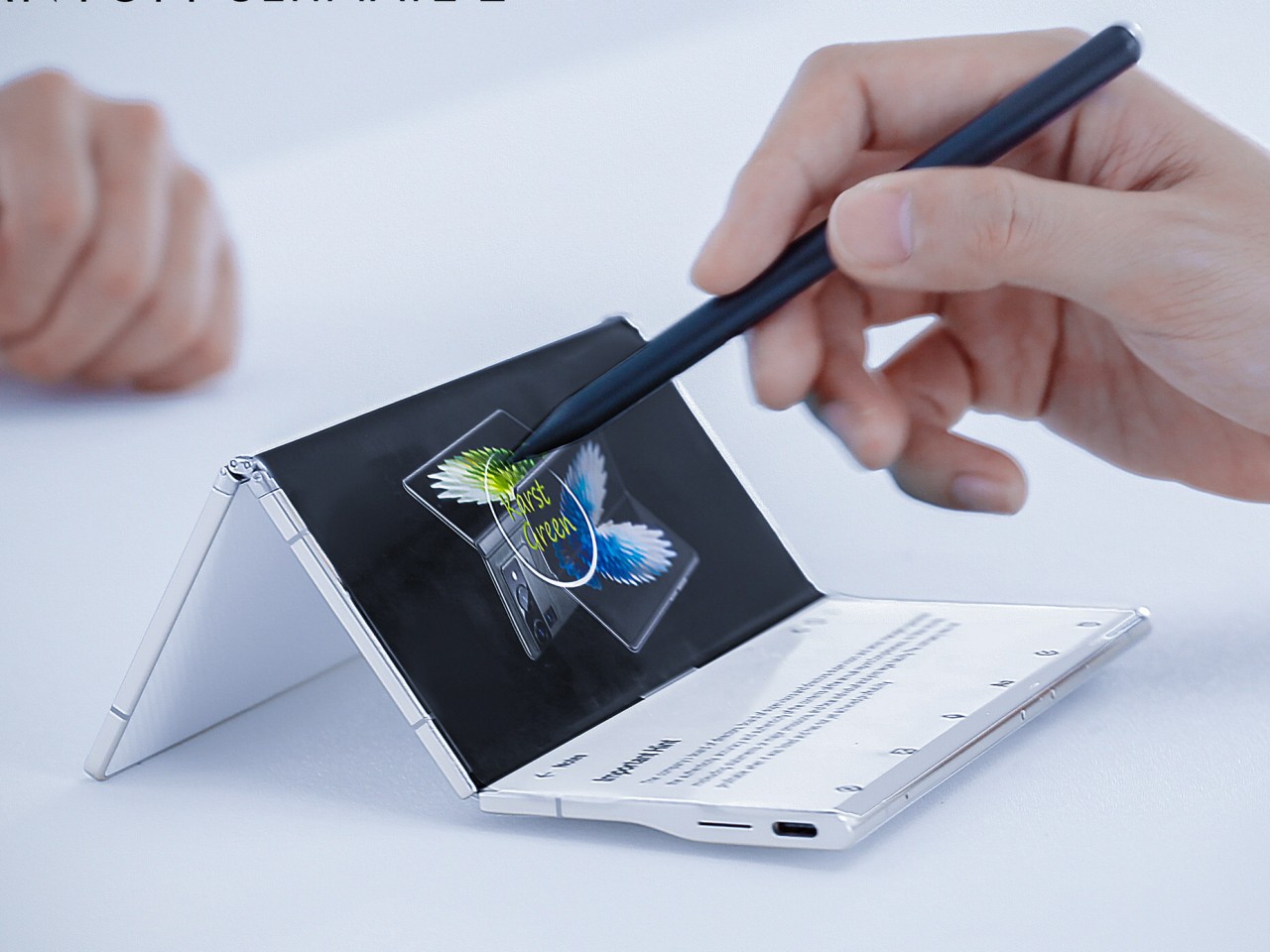
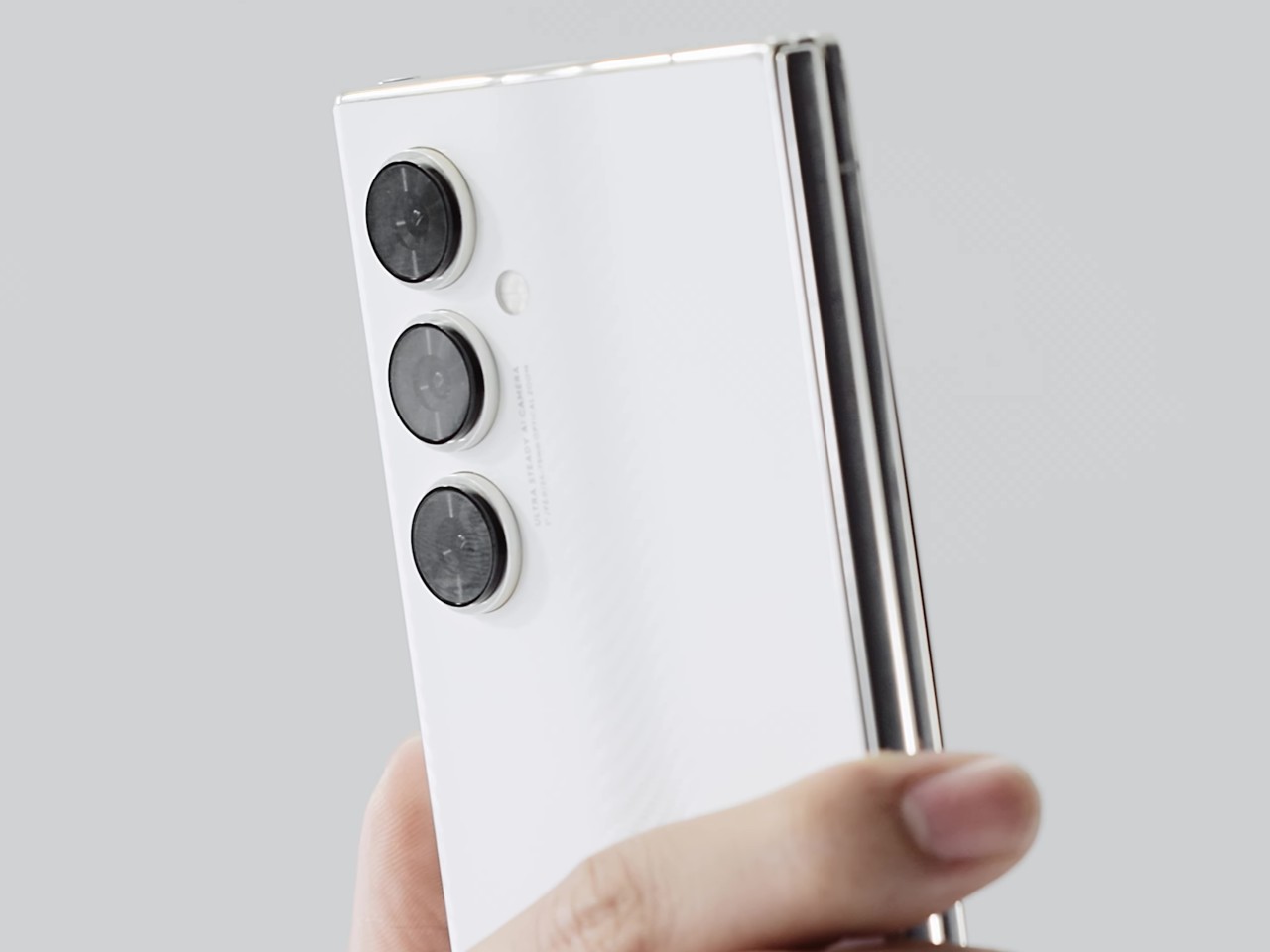
Why is it noteworthy?
The Phantom Ultimate 2 stands out in the crowded foldable space with its daring tri-fold design, making it a bold alternative to Samsung and Huawei’s offerings. Its sleek and thin build, coupled with TECNO’s attention to durability and cooling, provides an elegant solution to common foldable issues.
Price & Availability: Currently a concept, with limited availability anticipated in select markets in late 2024.
What We Love:
- Ultra-thin tri-fold design for portability.
- Bright and sharp OLED display.
- Innovative cooling system for performance stability.
Not So Great:
- As a concept, availability is uncertain.
- Durability in real-world use remains untested.
Samsung Galaxy S24 Ultra
Samsung’s Galaxy S24 Ultra offers a refined design, powerful performance, and an industry-leading camera system, setting a new standard for flagship smartphones.

The Galaxy S24 Ultra continues Samsung’s tradition of pushing the boundaries of mobile technology. With a stunning 6.8-inch Dynamic AMOLED 2X display, this device delivers exceptional brightness and color accuracy, perfect for media consumption and productivity tasks. Powered by the latest Snapdragon 8 Gen 3 chipset, the Galaxy S24 Ultra excels in multitasking, gaming, and overall performance. Its 200MP camera system has also been enhanced, featuring improved image processing for crystal-clear photos, even in low light. The S Pen remains integrated, allowing users to jot down notes or create sketches seamlessly.
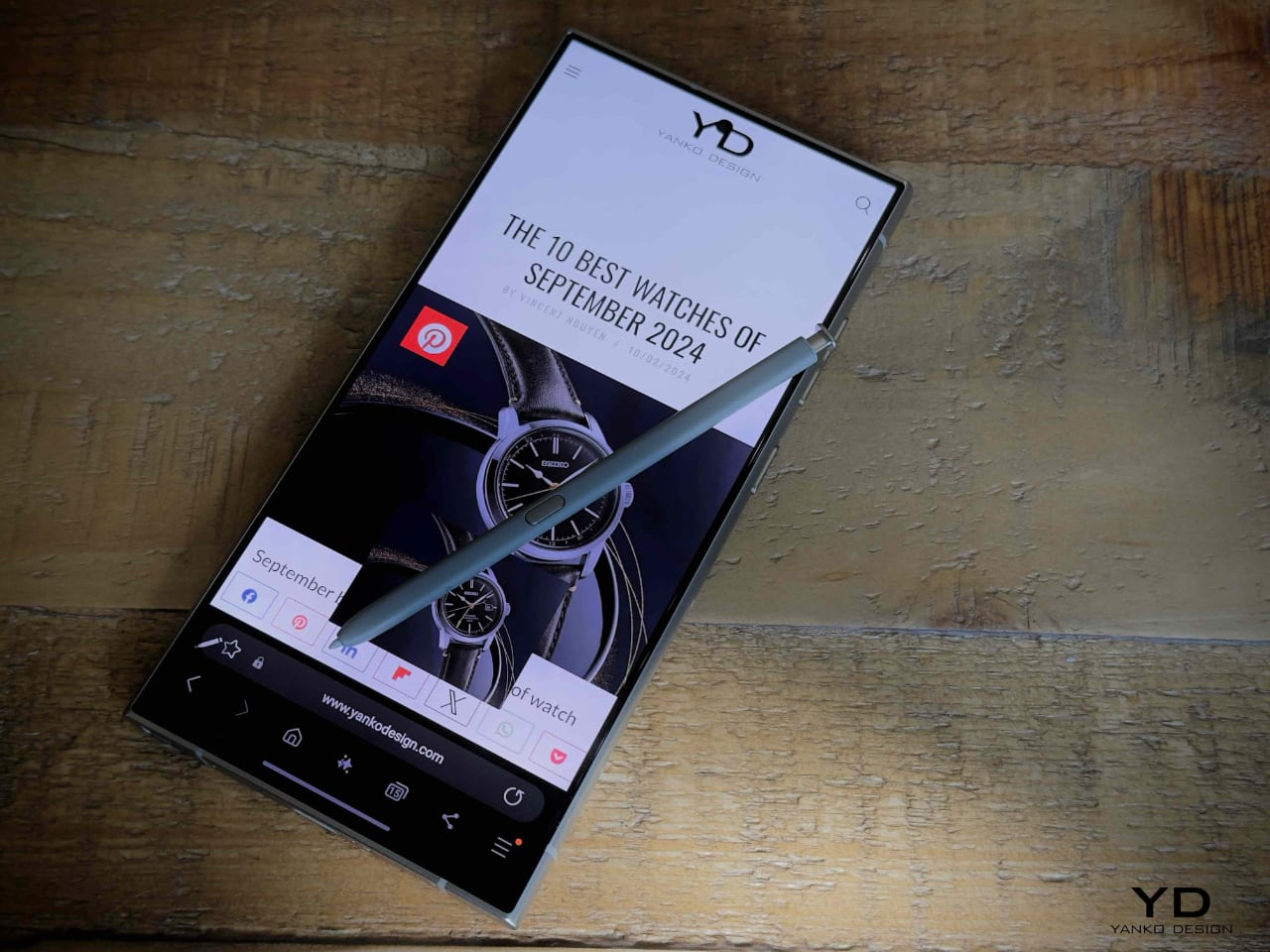
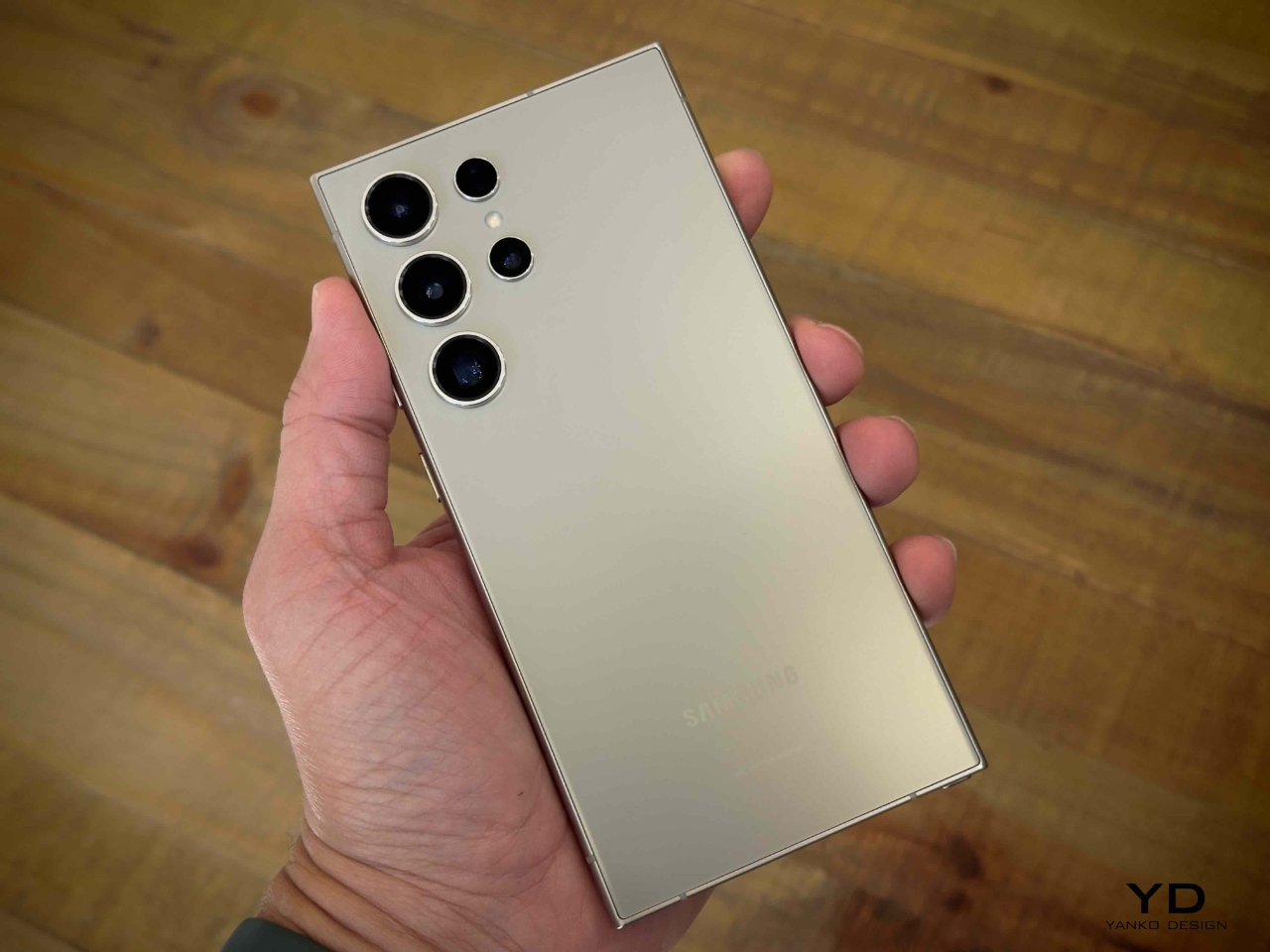
Why is it noteworthy?
The Galaxy S24 Ultra delivers top-tier specs, featuring a powerful 200MP camera and integrated S Pen for added functionality. It combines precision, versatility, and user-friendly features, making it an ideal choice for those seeking a premium smartphone experience.
Price & Availability: Retail price starting at $1,299. Available globally through Samsung and major carriers.
What We Love:
- 200MP camera system for incredible detail.
- Integrated S Pen for added functionality.
- Snapdragon 8 Gen 3 chipset for top-tier performance.
- 6.8-inch Dynamic AMOLED 2X display with stunning brightness and color accuracy.
Not So Great:
- The large size and sharp corners make it uncomfortable for extended use and less practical for carrying in pockets.
- Charging speed is slower compared to other flagship devices.
VIVO X Fold 3 Pro
VIVO’s X Fold 3 Pro pushes the envelope of foldable phone design, putting the competition on notice with its performance and innovative features.
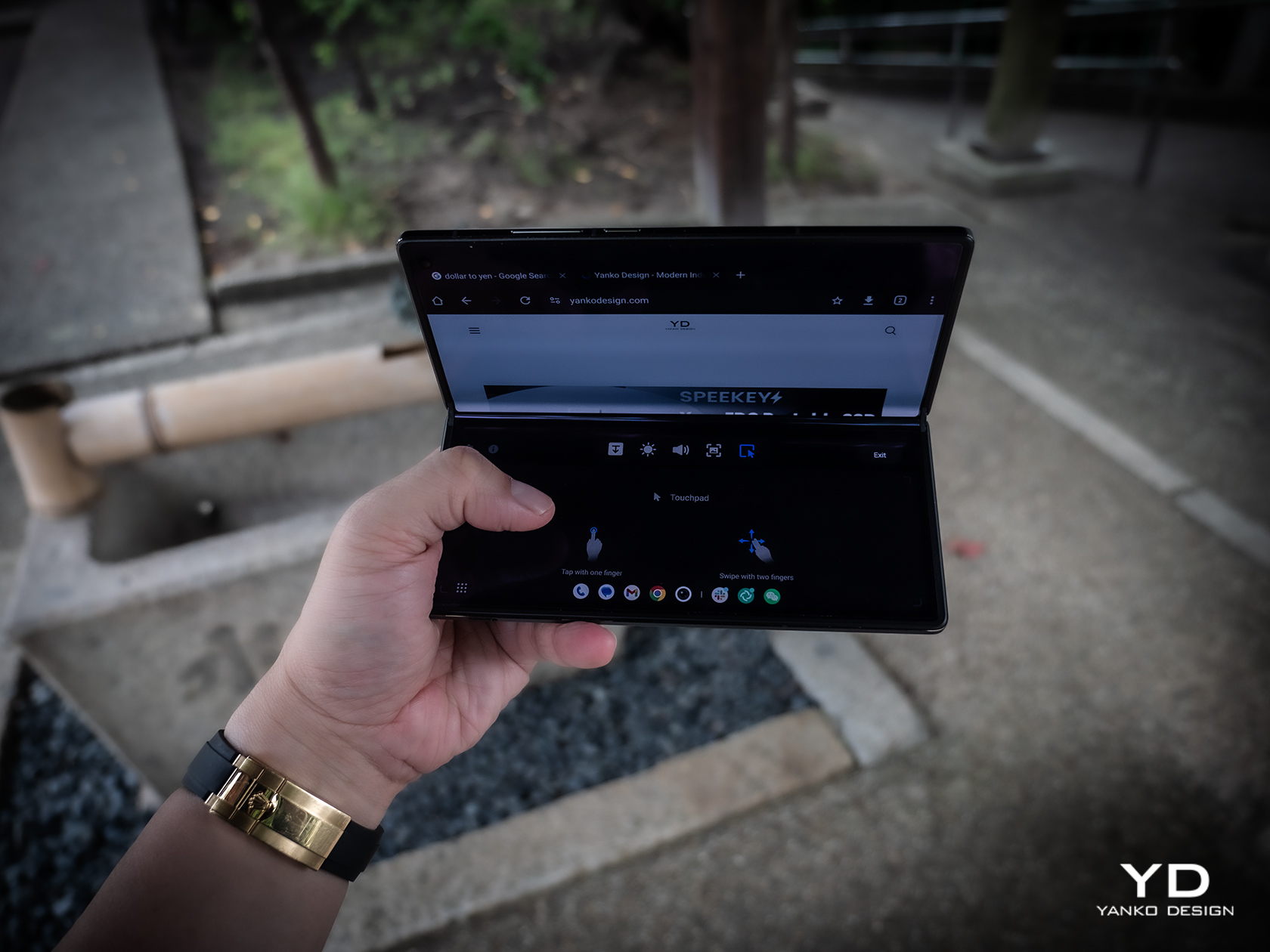
The VIVO X Fold 3 Pro is designed for users who demand the best of both worlds—smartphone portability and tablet functionality. With a stunning 8.03-inch AMOLED main display and a 6.53-inch cover display, this foldable offers ample screen space for productivity and entertainment. VIVO has utilized its new hinge design, which has improved durability and reduced the visible crease, making it nearly seamless when unfolded. Powered by the Snapdragon 8 Gen 3 processor, the X Fold 3 Pro delivers a smooth performance experience, while its camera system, developed in partnership with ZEISS, offers exceptional mobile photography capabilities.
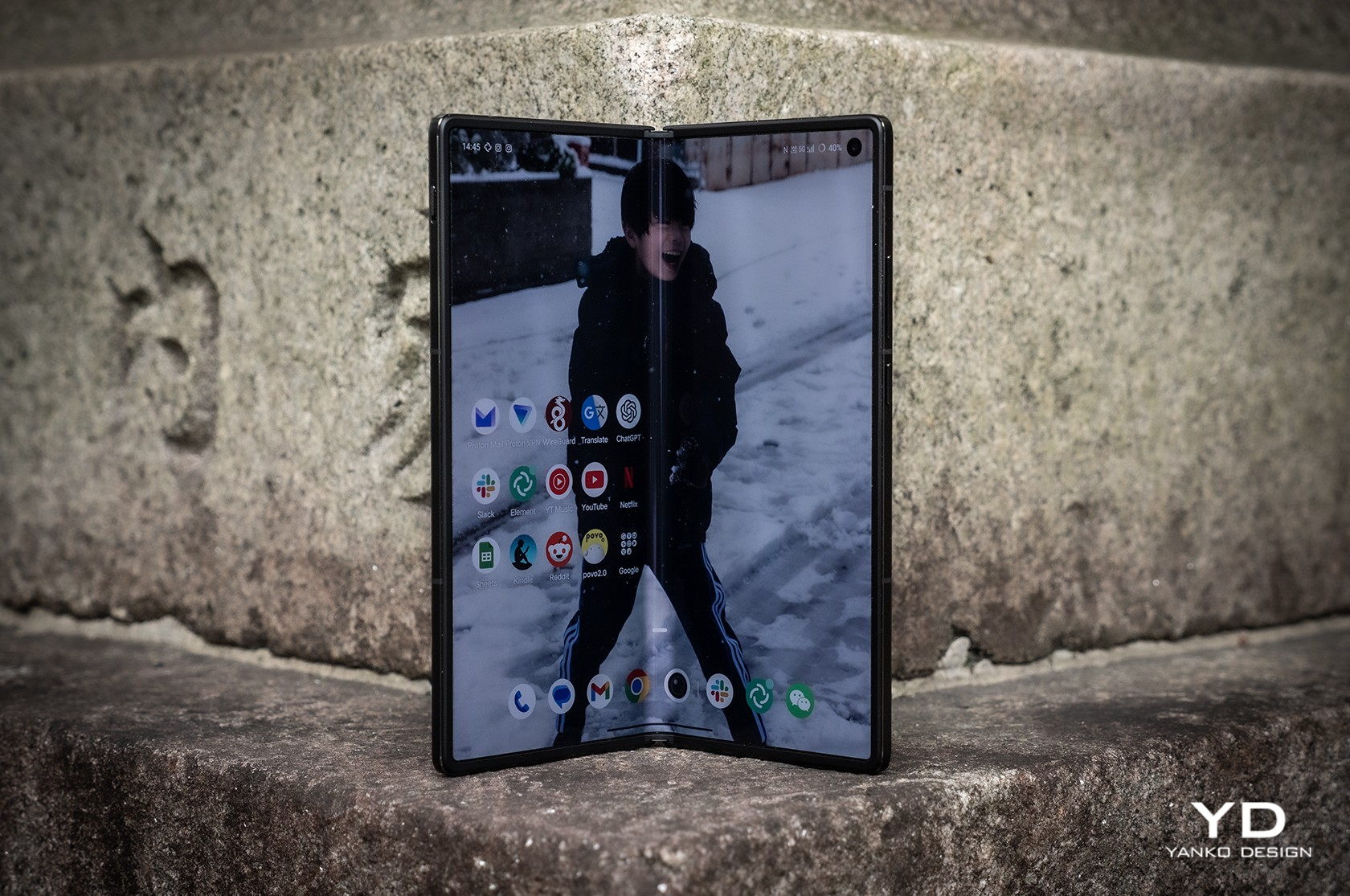
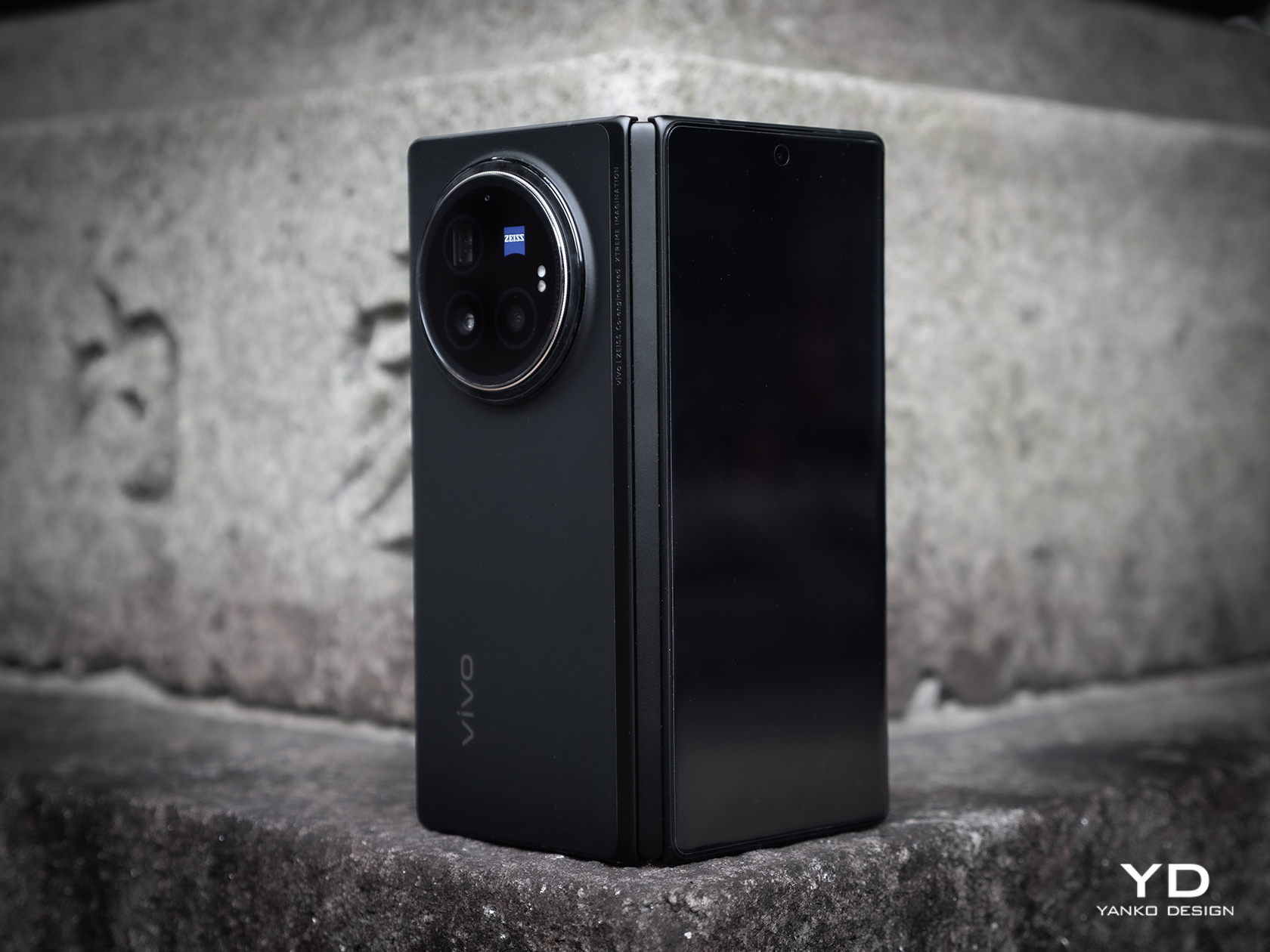
Why is it noteworthy?
The VIVO X Fold 3 Pro impresses with its seamless design and flagship performance. The enhanced hinge mechanism and partnership with ZEISS for the camera system make it a formidable contender in the foldable market, ideal for users who want an immersive display and high-quality photography in a foldable form.
Price & Availability: Retail price starting at $1,799. Available in select markets globally.
What We Love:
- 8.03-inch AMOLED display for an expansive viewing experience.
- Improved hinge design reduces the visible crease.
- ZEISS-engineered camera system for outstanding mobile photography.
- Snapdragon 8 Gen 3 for top-tier performance.
Not So Great:
- Heavier than some other foldables, making it less portable.
- Limited availability in certain regions.
Google Pixel 9 Pro Fold
Google enters the foldable market with the Pixel 9 Pro Fold, the thinnest, brightest, and most powerful foldable yet.
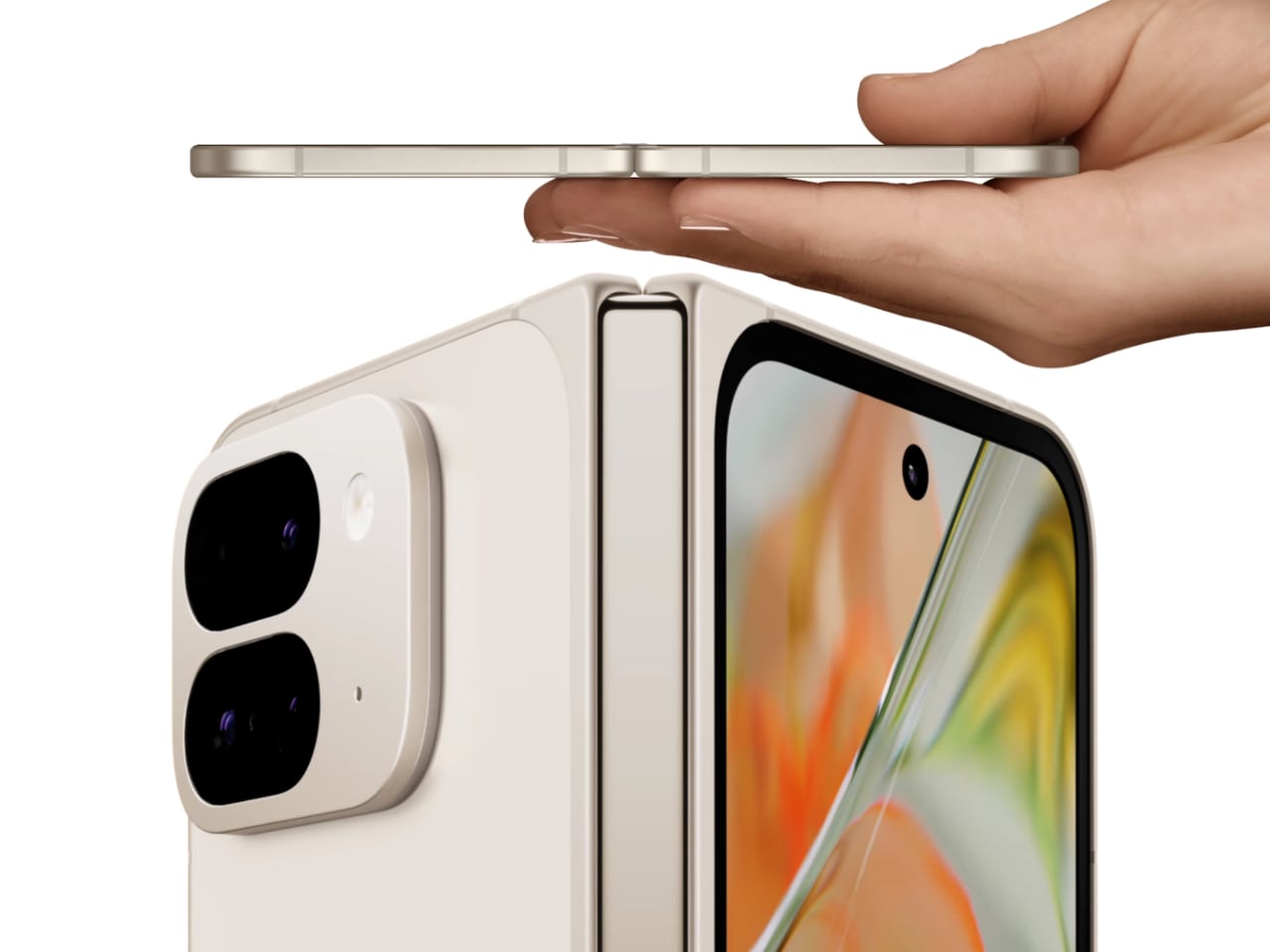
The Google Pixel 9 Pro Fold takes the established Pixel brand and turns it into a sleek foldable that stands out for its slim profile and stunning display. At just 5.5mm when unfolded, this is the thinnest foldable on the market. The device features a bright and vivid 7.4-inch AMOLED display with a 120Hz refresh rate, offering vibrant colors and smooth animations. The new Tensor G4X chipset powers the Pixel 9 Pro Fold, providing powerful performance for all applications, including AI-based optimizations that improve battery efficiency and multitasking. The improved hinge mechanism is designed to be both durable and ergonomic, making the foldable experience intuitive and enjoyable.
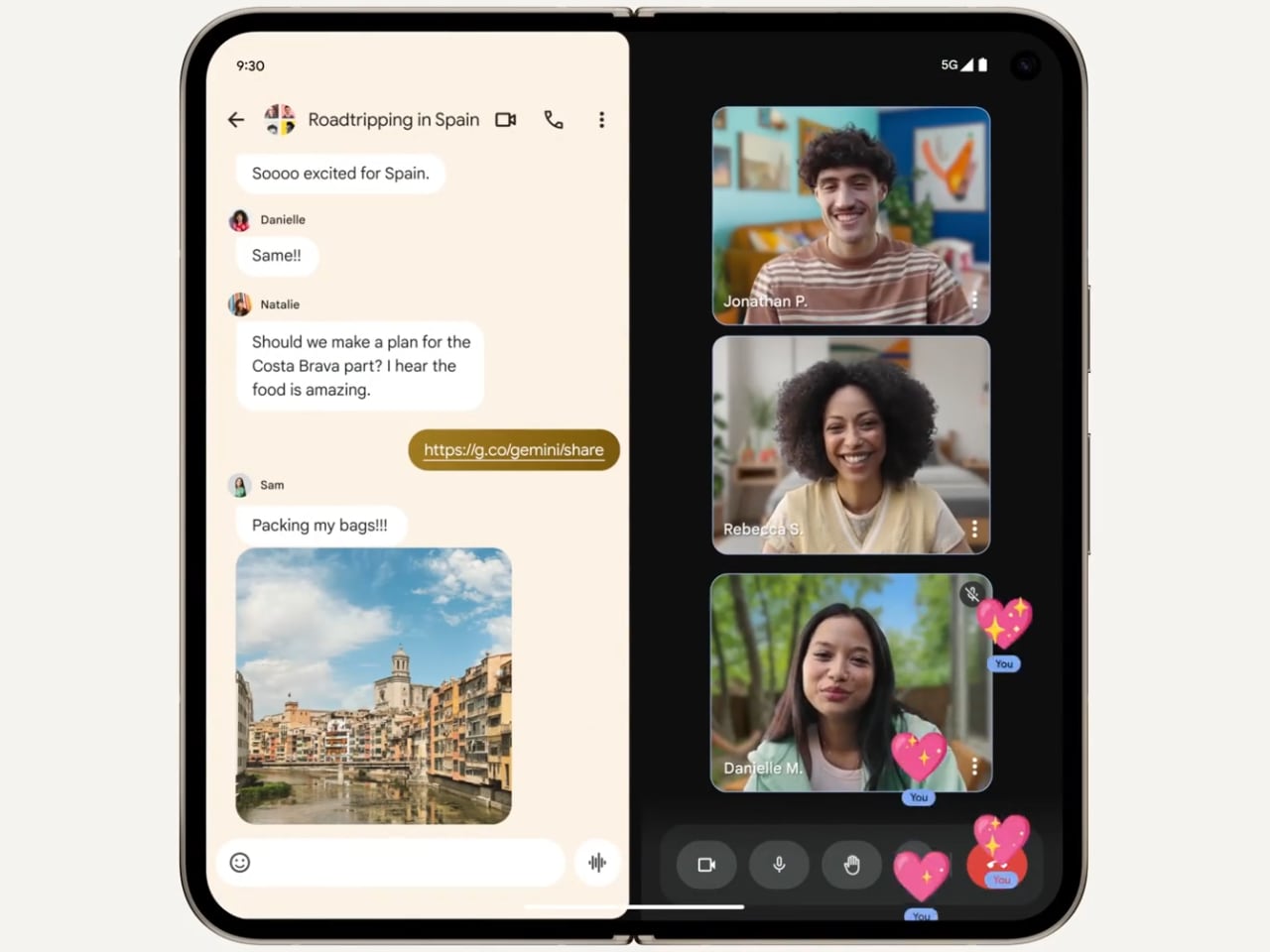
Pixel 9 Pro Fold: 8-inch (204 mm) Super Actua Flex display (LTPO) and 2076 x 2152 OLED at 373 PPI
Why is it noteworthy?
The Pixel 9 Pro Fold is more than just Google’s entry into the foldable market—it represents a significant leap in design and performance, combining Google’s AI capabilities with a foldable form factor. Its incredibly thin design, powerful chipset, and stunning display make it one of the most attractive foldable options available today.
Price & Availability: Retail price starting at $1,599. Available globally through Google’s online store and major carriers.
What We Love:
- Advanced audio recording features for high-quality sound capture, perfect for content creators.
- Stunning 7.4-inch AMOLED display with a 120Hz refresh rate.
- Tensor G4X chipset for powerful performance and AI capabilities.
- Durable and ergonomic hinge mechanism.
Not So Great:
- No dust resistance, which may affect durability over time.
- The ultra-thin design compromises overall structural rigidity, making it potentially more fragile than other foldable.
- Sharp corner edges may be uncomfortable for prolonged use.
TECNO Phantom V Fold2 5G
TECNO’s Phantom V Fold2 5G blends precision with innovation in foldable technology, delivering a versatile and premium experience.
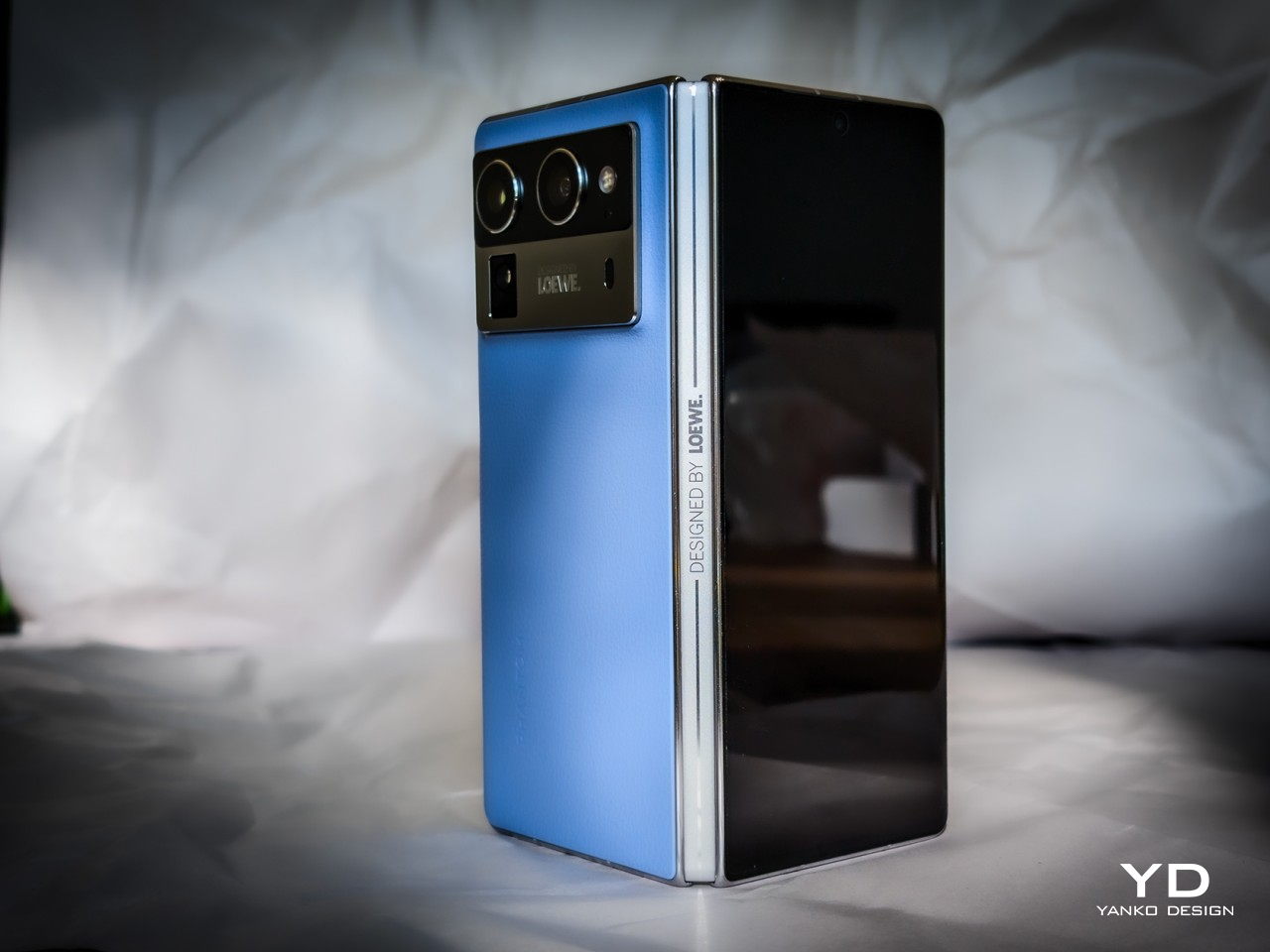
The TECNO Phantom V Fold2 5G is a testament to TECNO’s commitment to pushing the boundaries of foldable design. Featuring a vibrant 7.8-inch AMOLED foldable display, it offers a stunning visual experience that rivals the best in the industry. The outer 6.3-inch screen remains highly usable, giving users the convenience of a traditional smartphone when folded. Powered by the Dimensity 9200 chipset, the Phantom V Fold2 provides seamless multitasking capabilities, perfect for productivity and media consumption. TECNO has also integrated advanced hinge technology, making folding and unfolding a smooth and reliable experience.
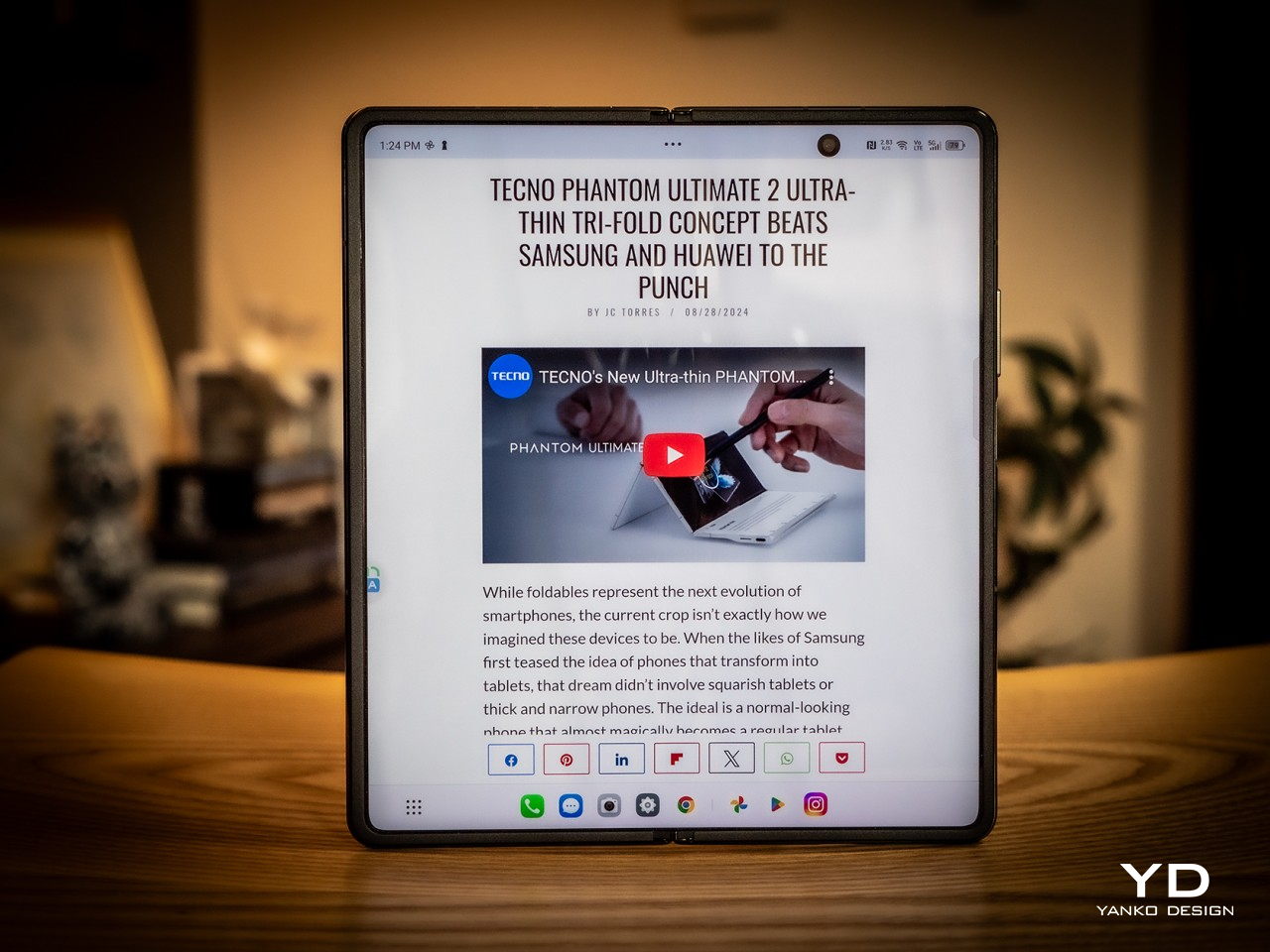
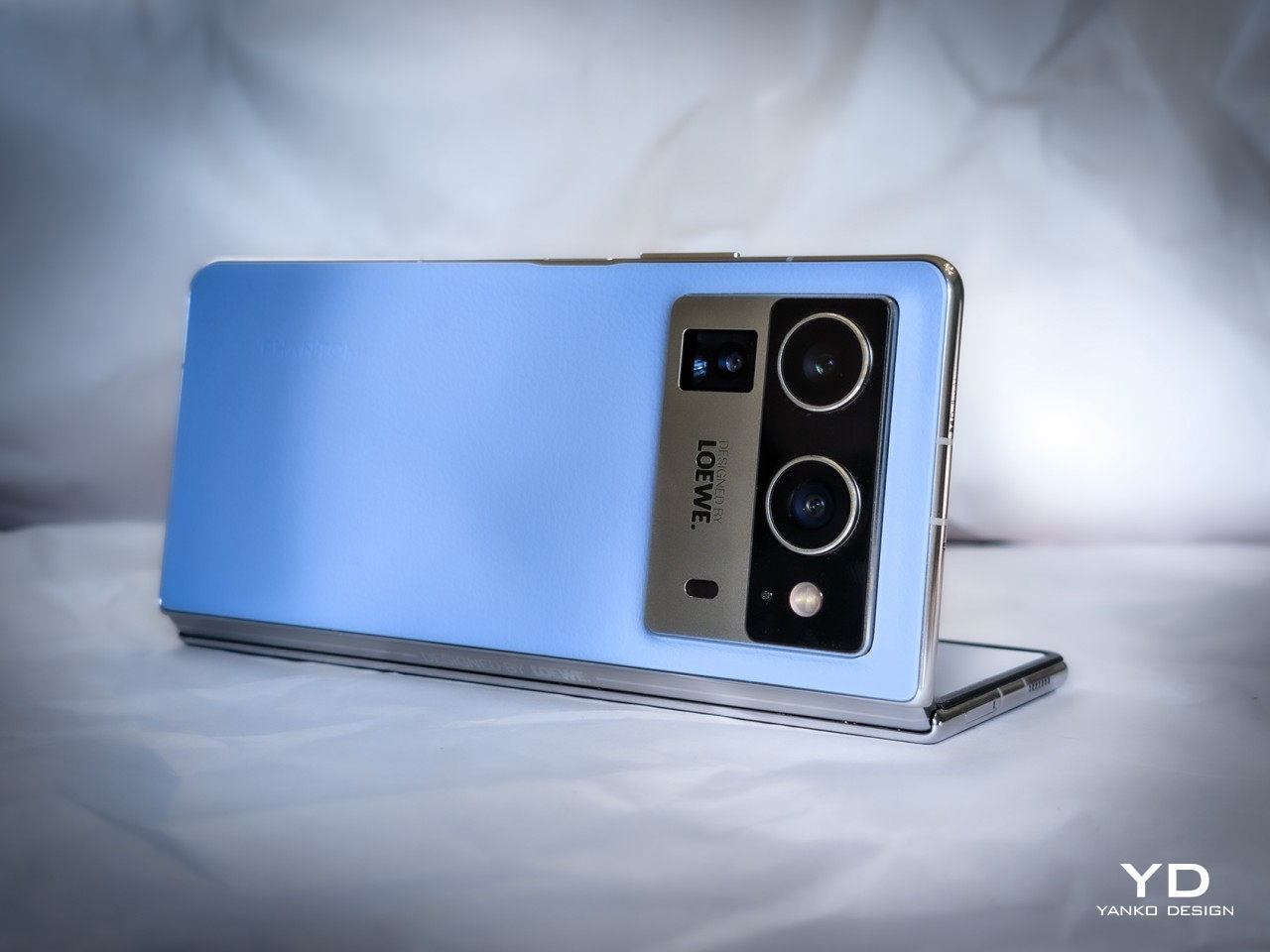
Why is it noteworthy?
The TECNO Phantom V Fold2 5G stands out with its balance of precision engineering and innovative features. The foldable AMOLED display delivers a stunning visual experience, while the Dimensity 9200 chipset ensures smooth performance. TECNO’s focus on hinge durability and usability makes this device a strong contender in the foldable market.
Price & Availability: Retail price starting at $1,499. Available globally through TECNO’s official channels and select partners.
What We Love:
- Advanced hinge technology for a smooth folding experience.
- 7.8-inch AMOLED display for stunning visuals.
- Dimensity 9200 chipset for efficient multitasking.
- Practical outer display for convenient use.
Not So Great:
- Limited color options at launch.
- Slightly heavier than some competitors.
2024 has been a year of groundbreaking advancements from tri-fold concepts to AI-powered innovations; the devices on this list highlight the best of what technology has to offer today. Whether you’re after cutting-edge features, enhanced productivity, or sleek design, this lineup of phones has something for everyone.
Do you agree with our choices? Are there any phones on your wish list, or do you already own one of these? We’d love to hear your thoughts and see how your favorite devices compare to ours!
The post 10 Best Phones of 2024 You Can’t Miss – Foldables, Flagships, and Surprises! first appeared on Yanko Design.
![]()
![]()
![]()
![]()
![]()
![]()
![]()
![]()
![]()
























